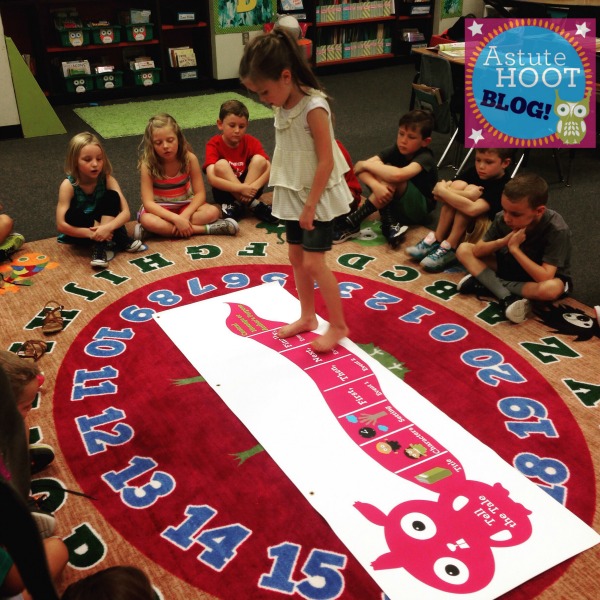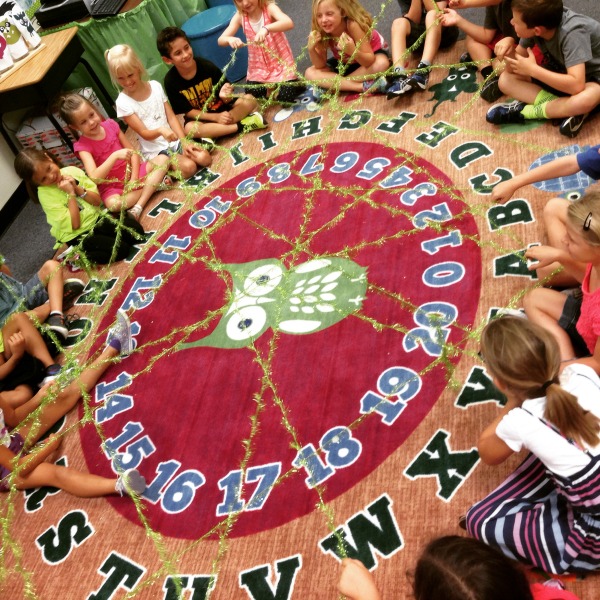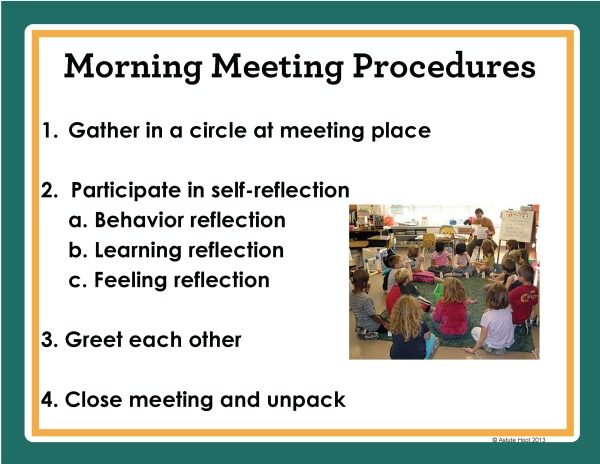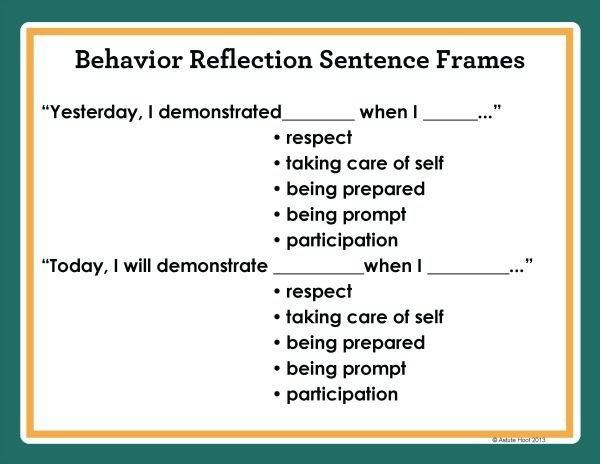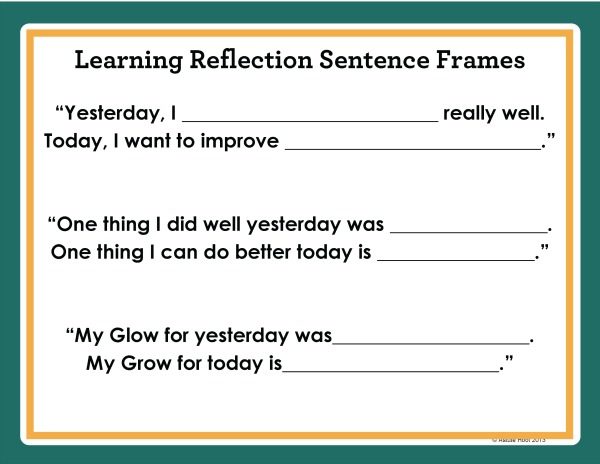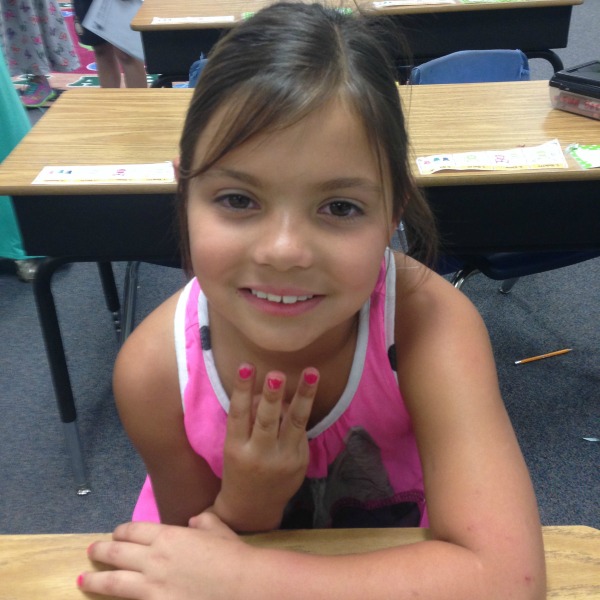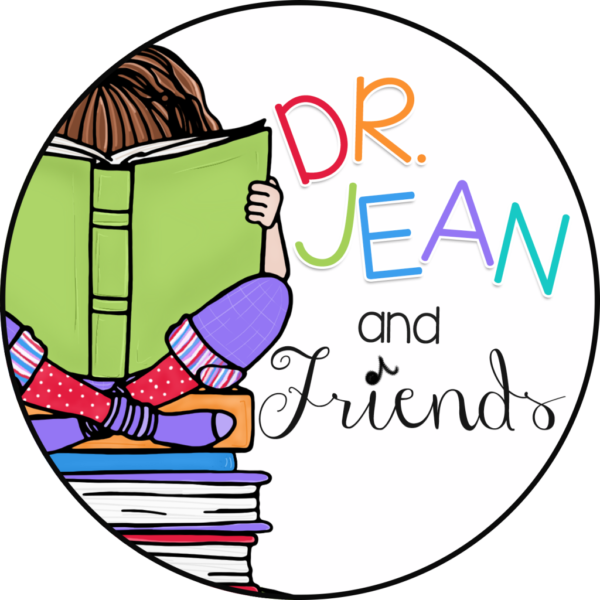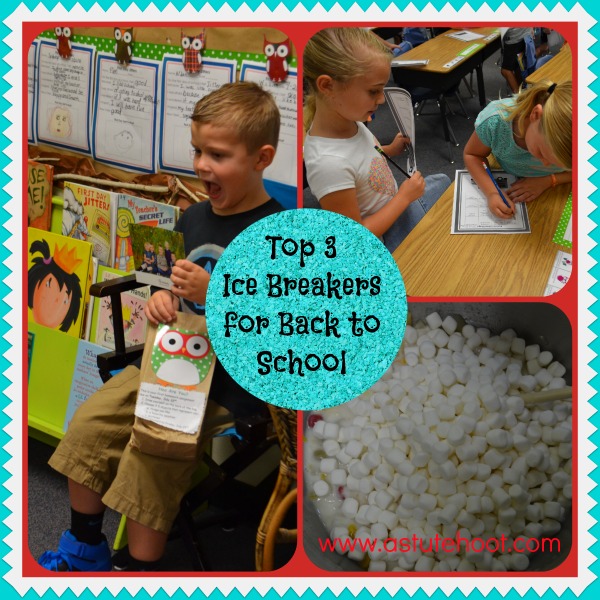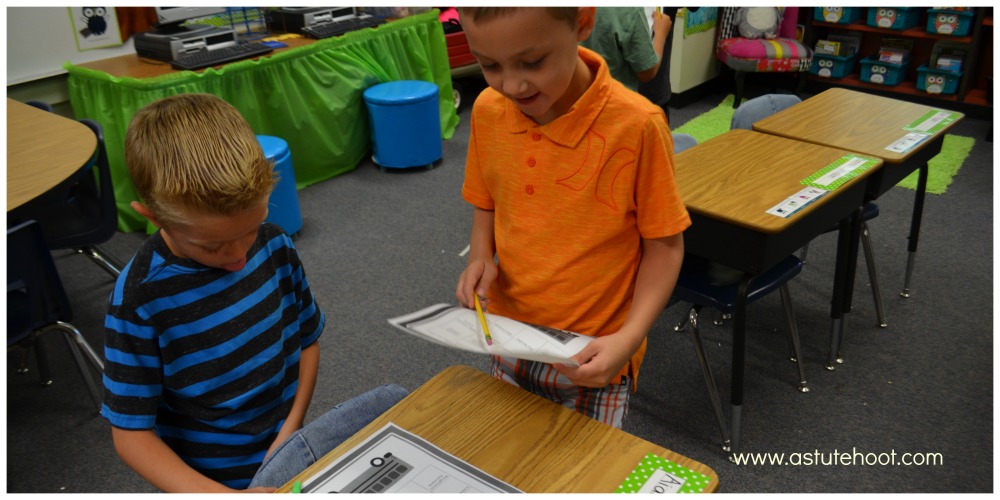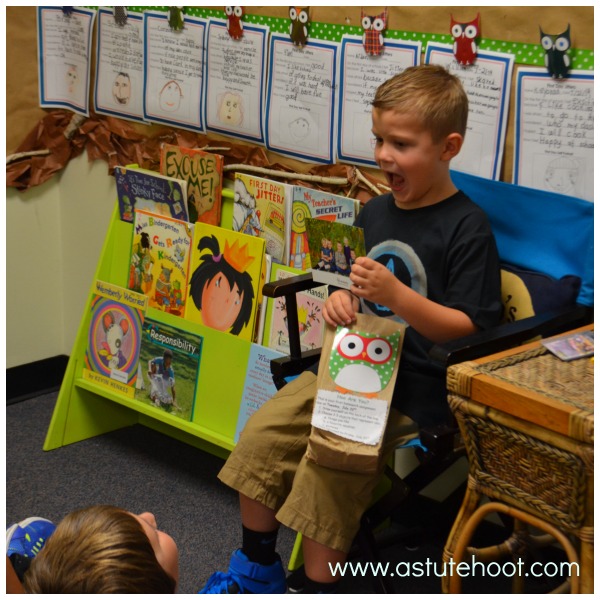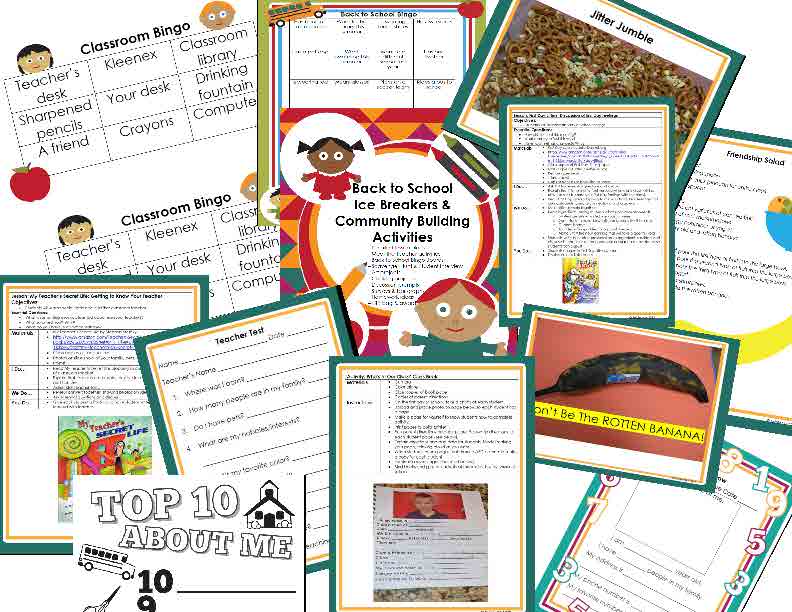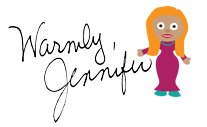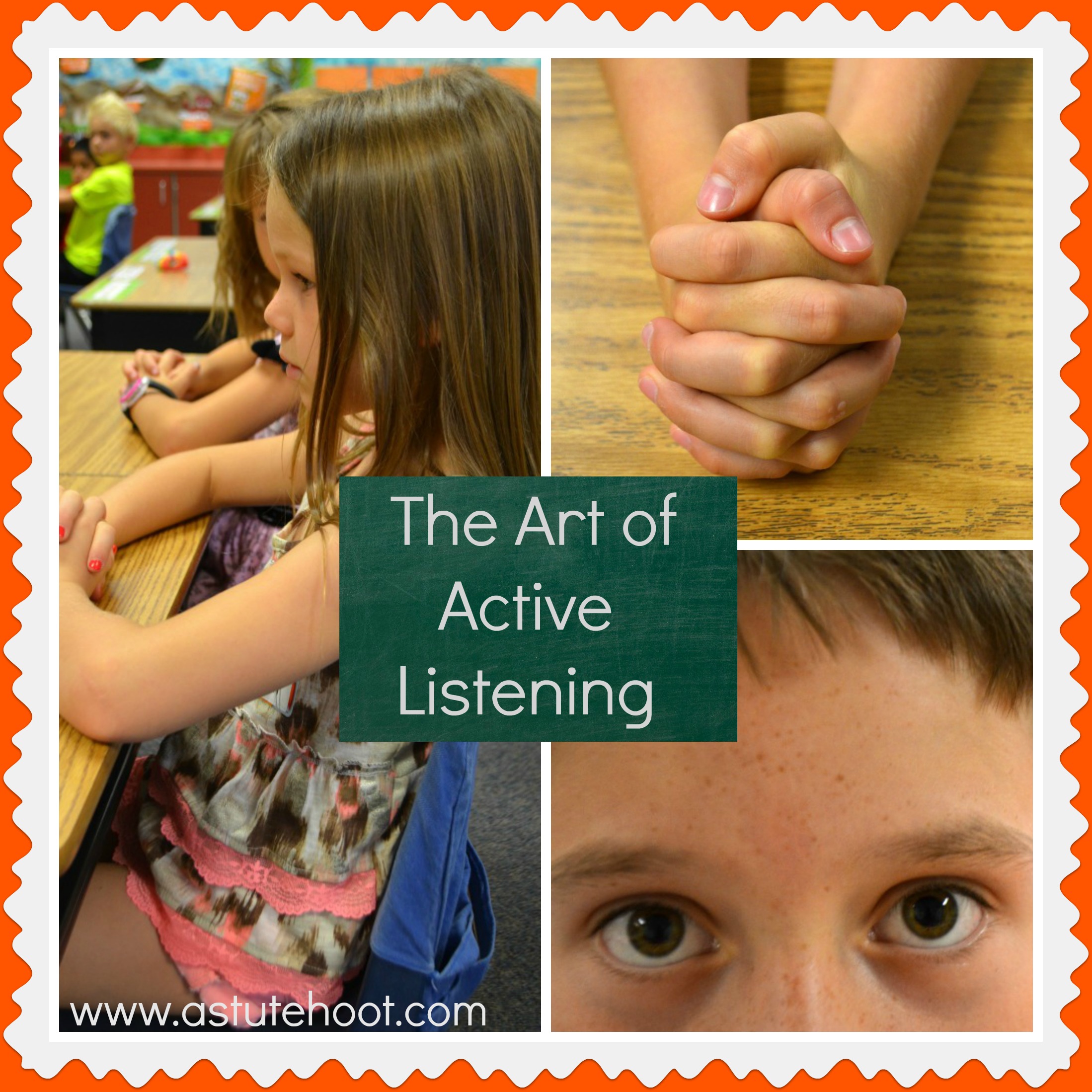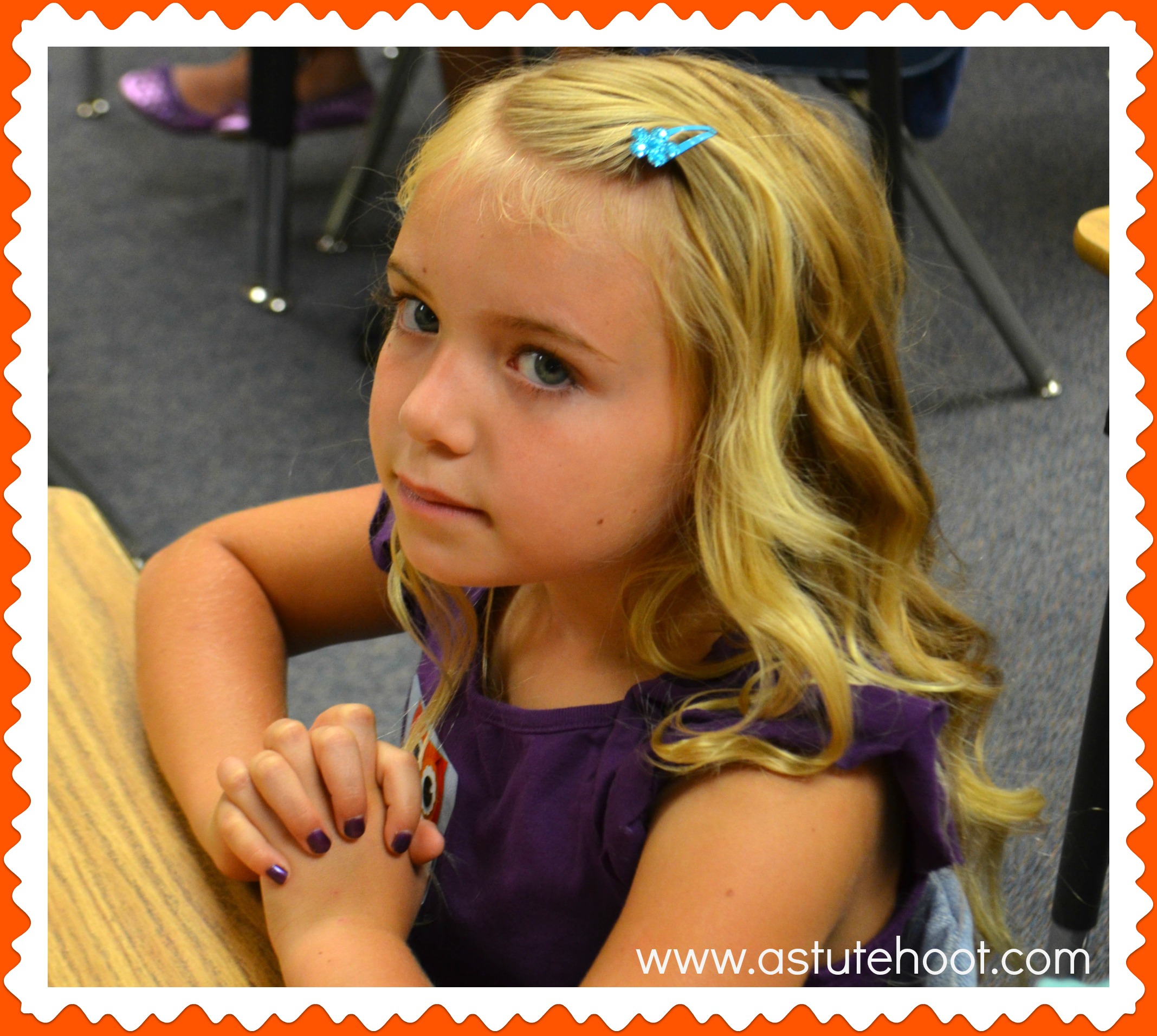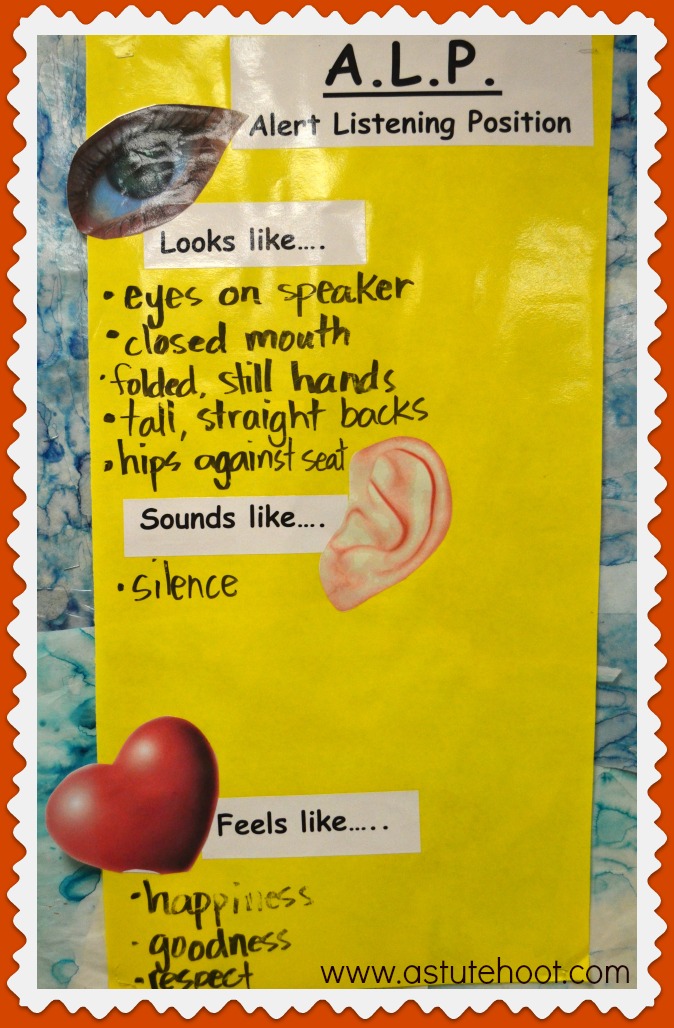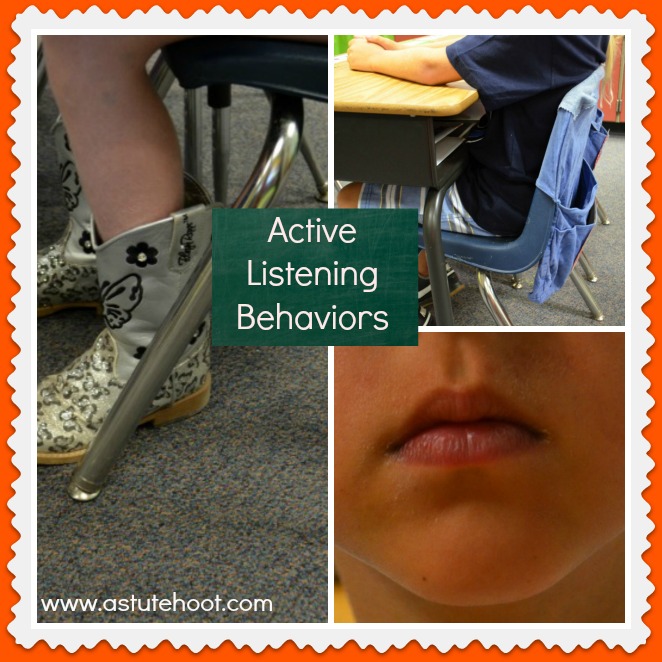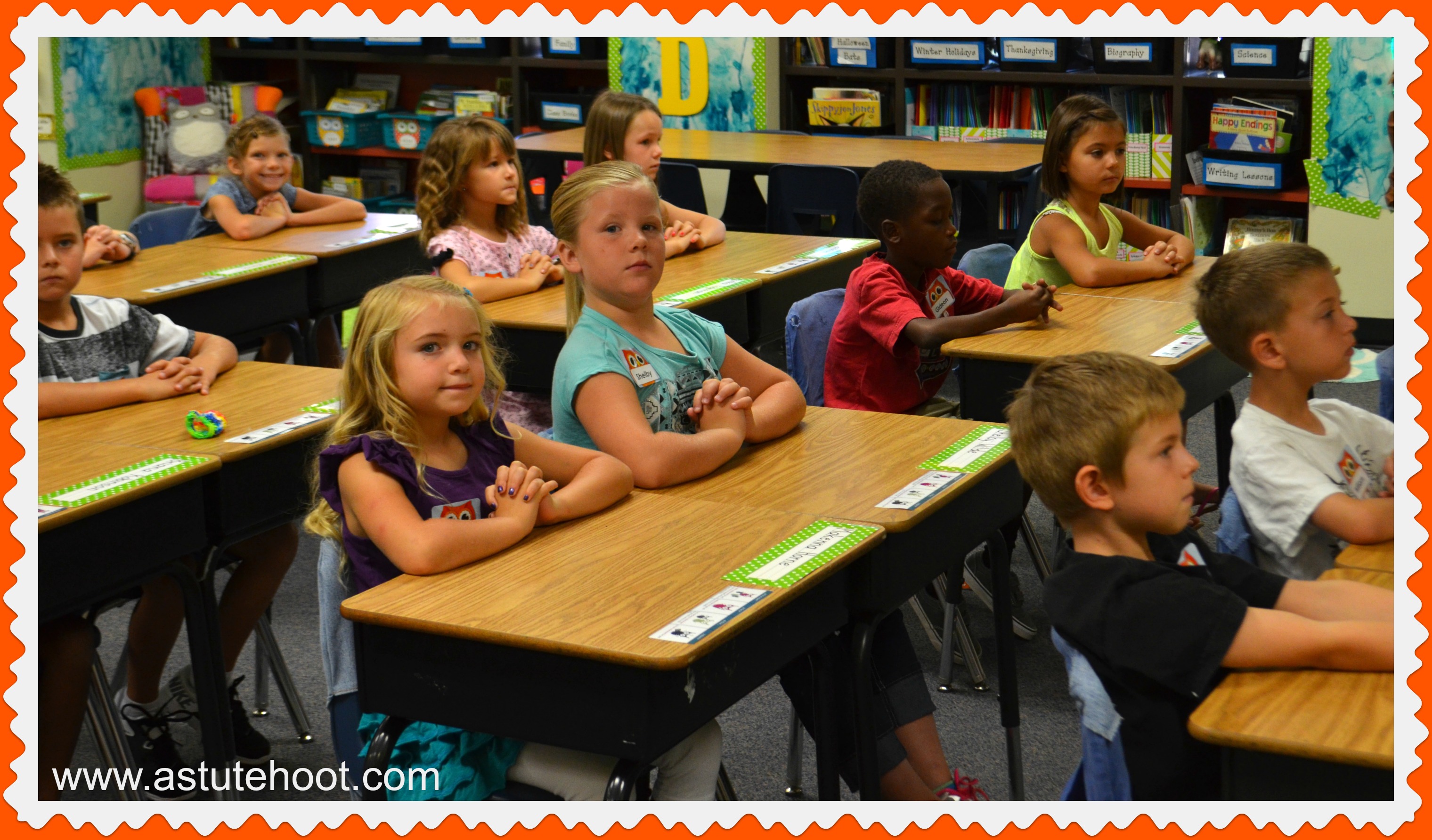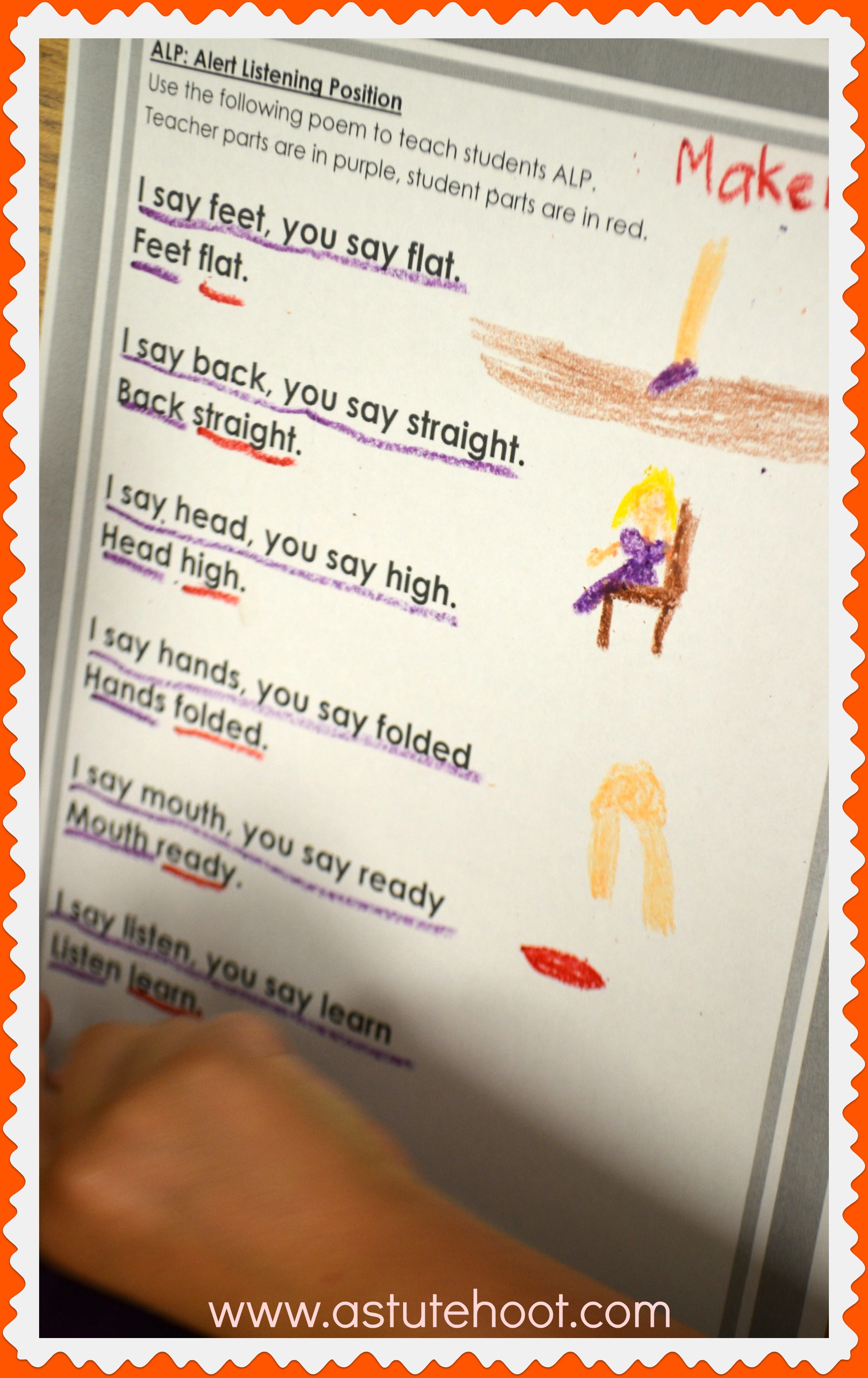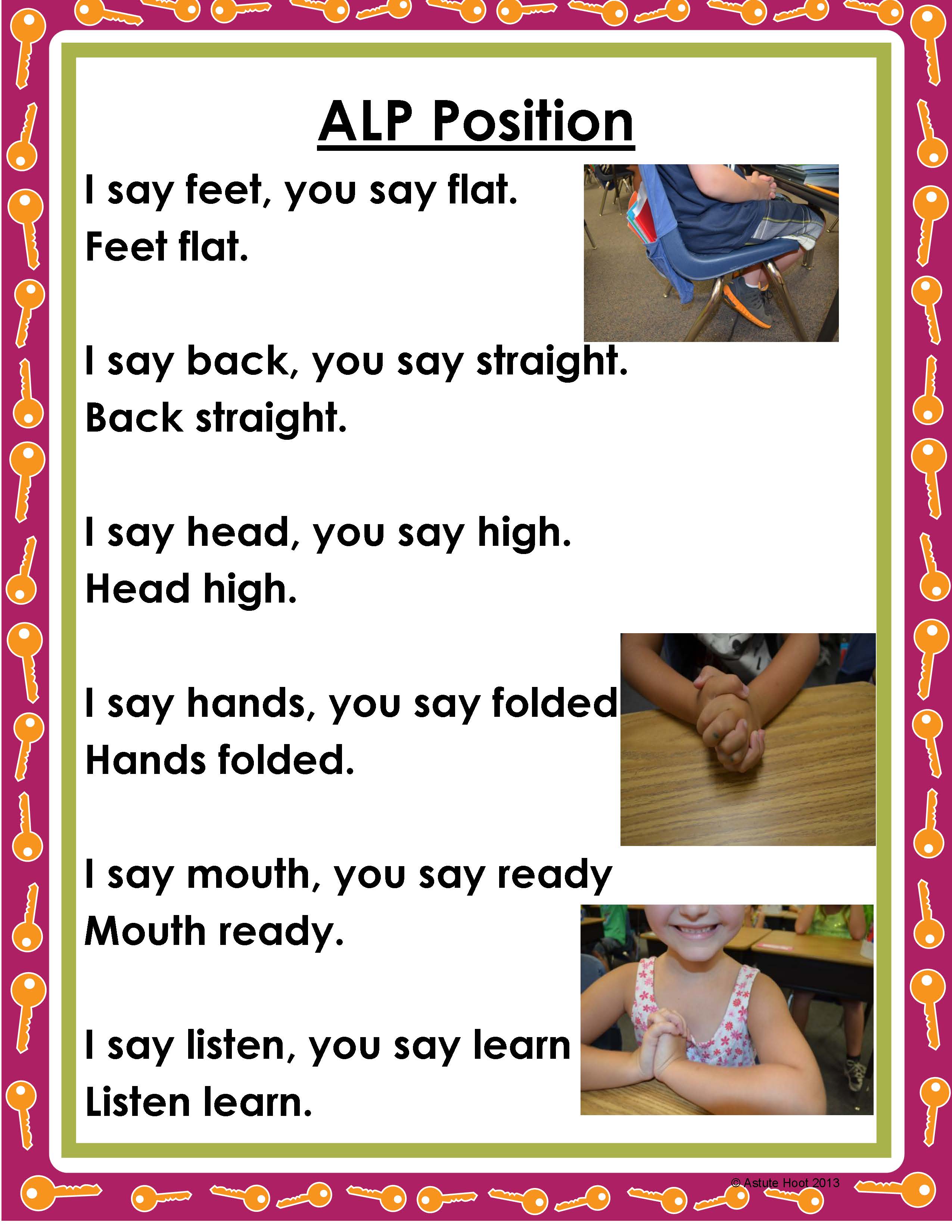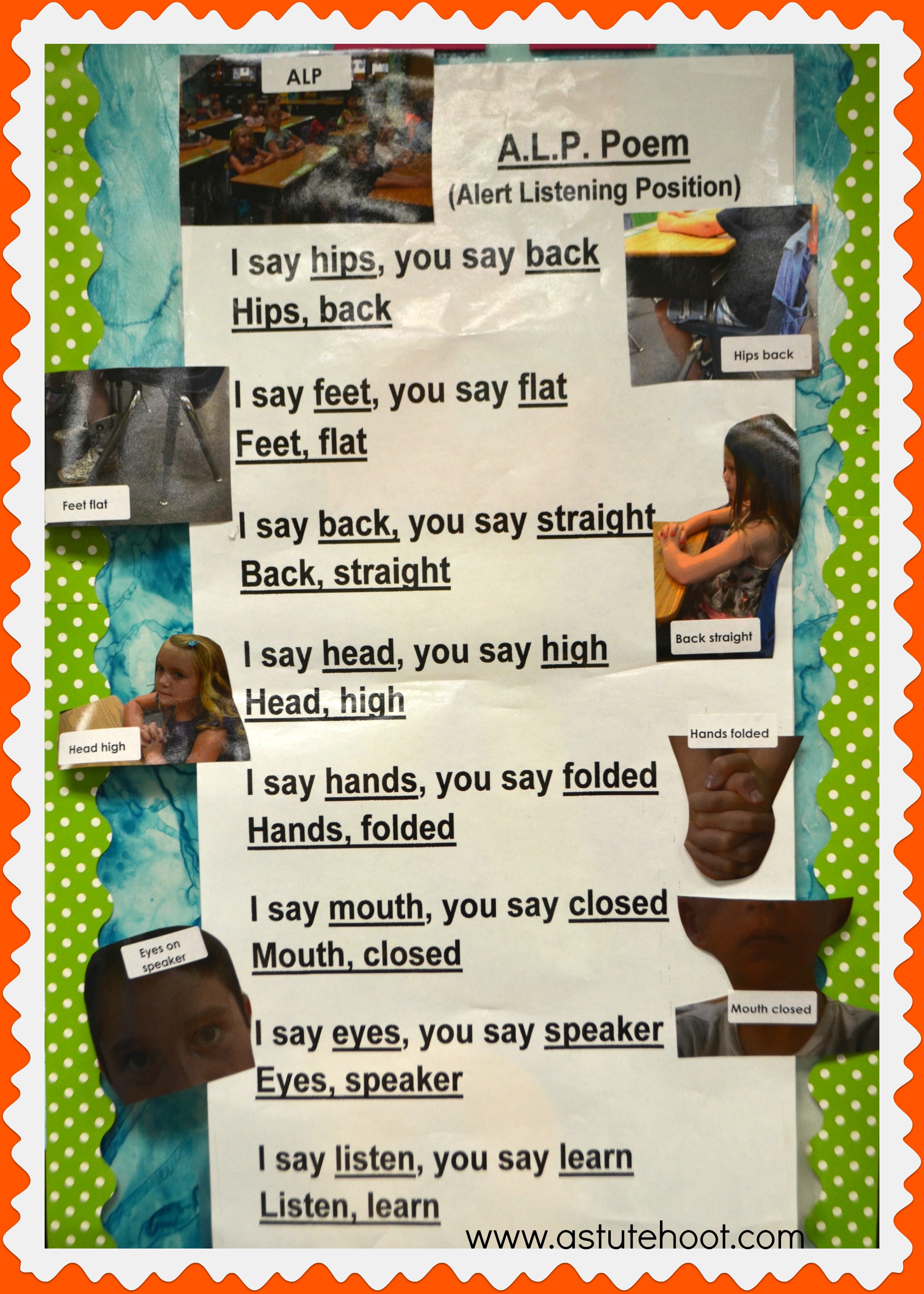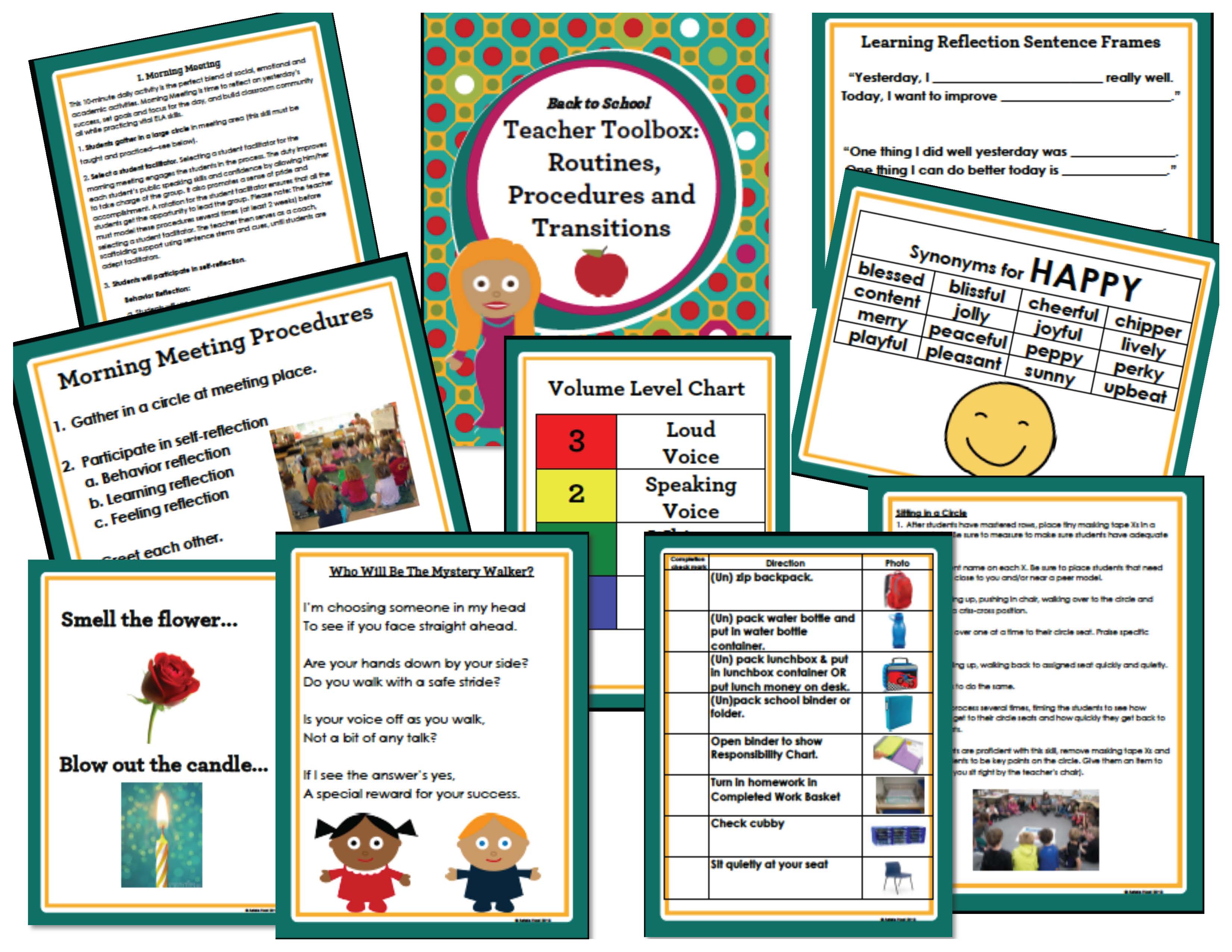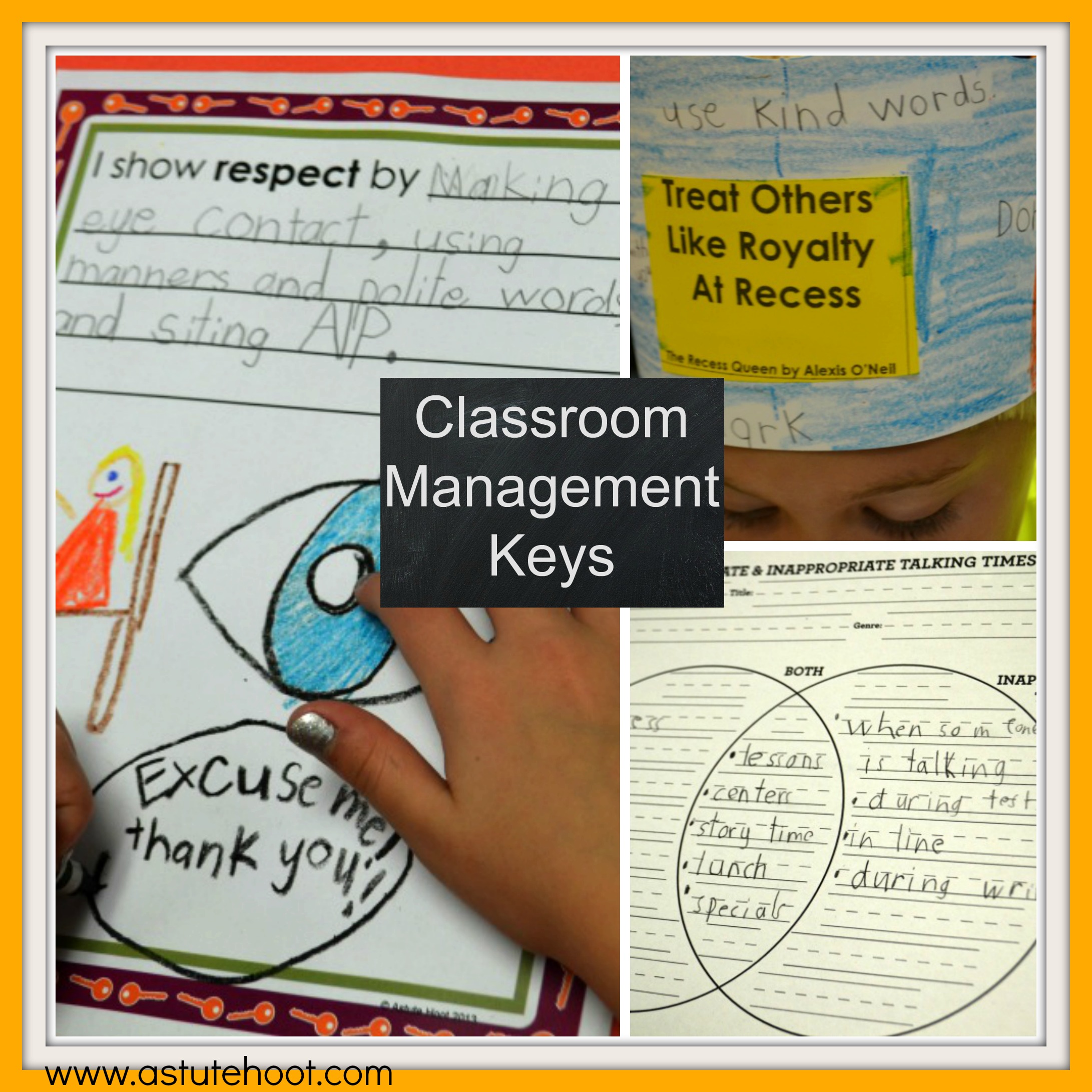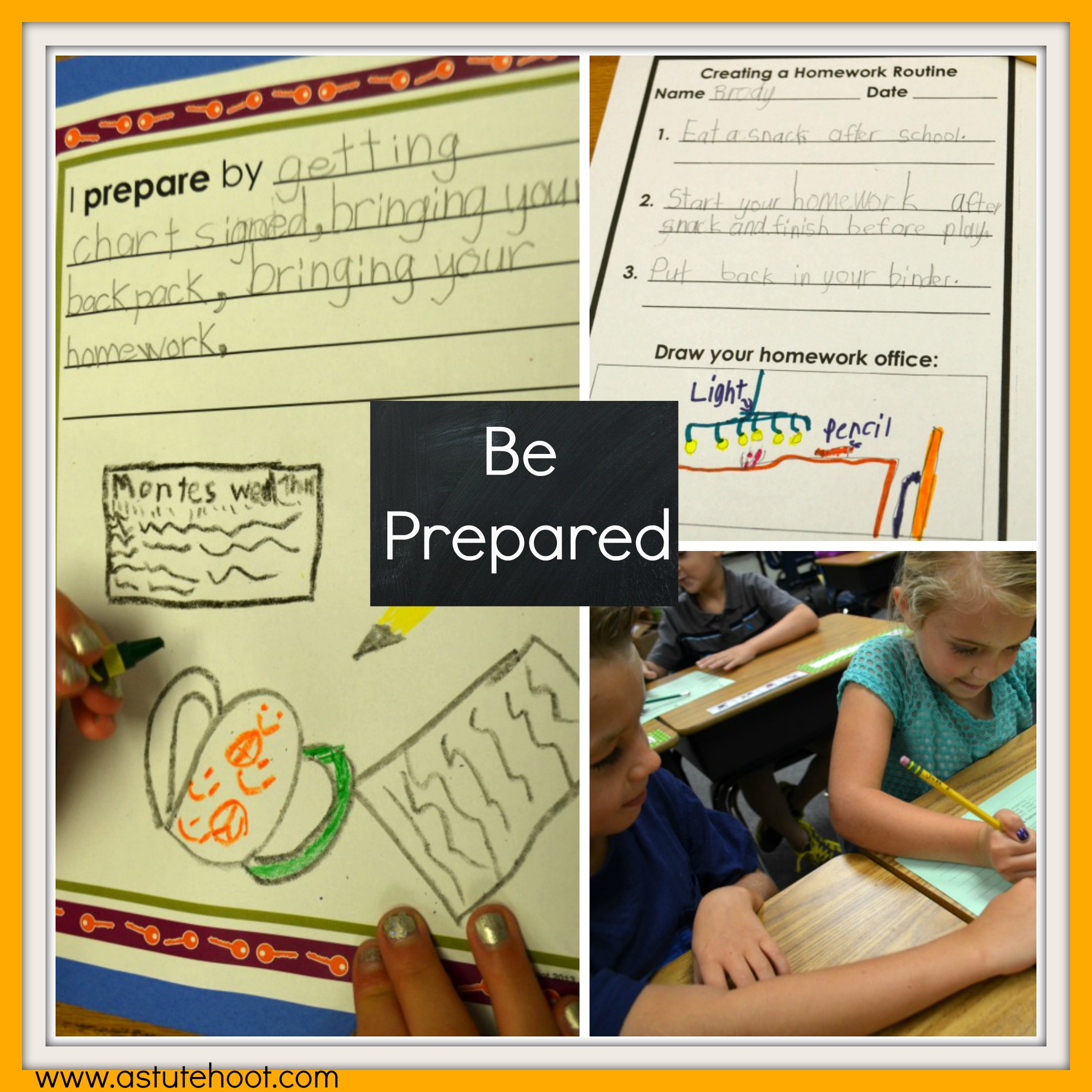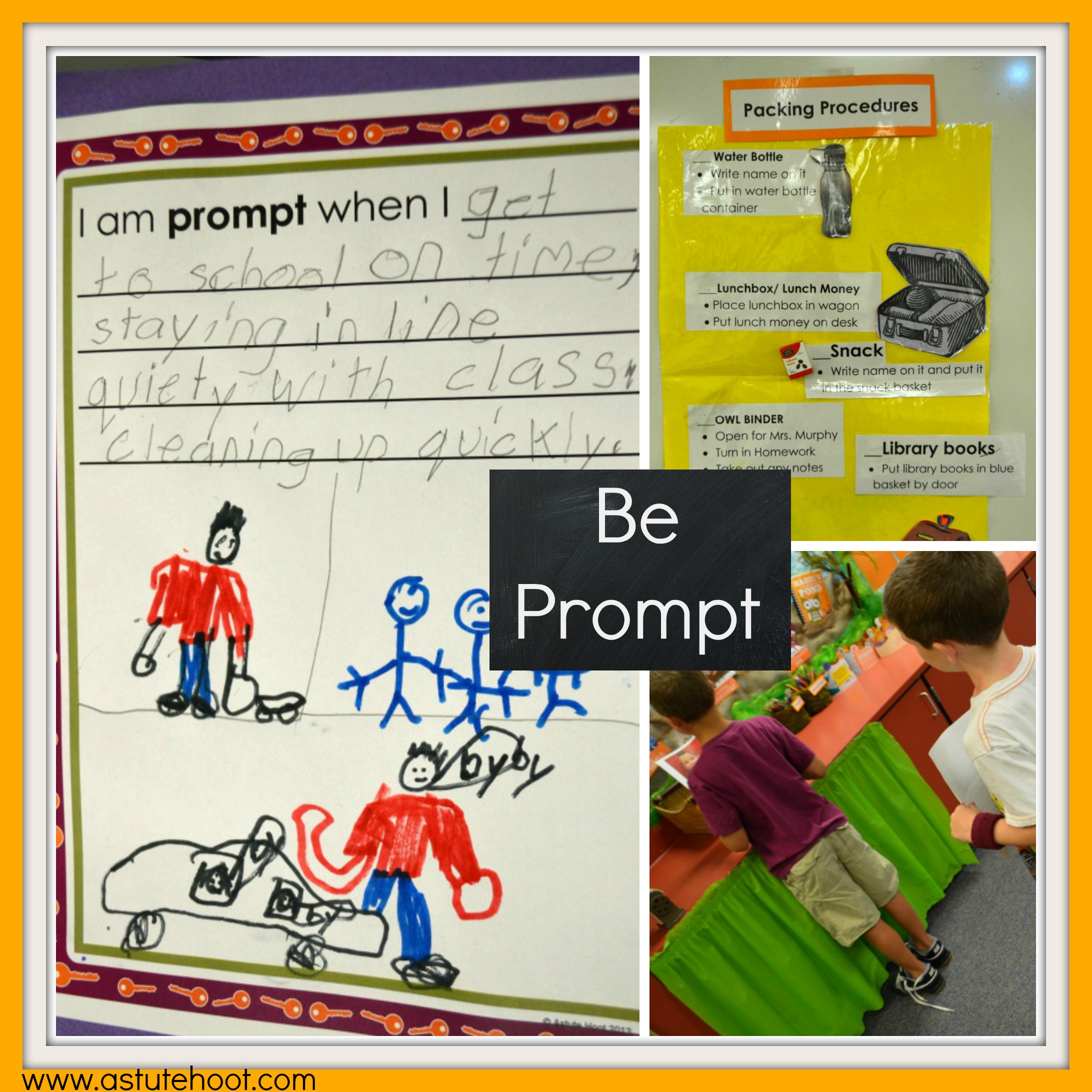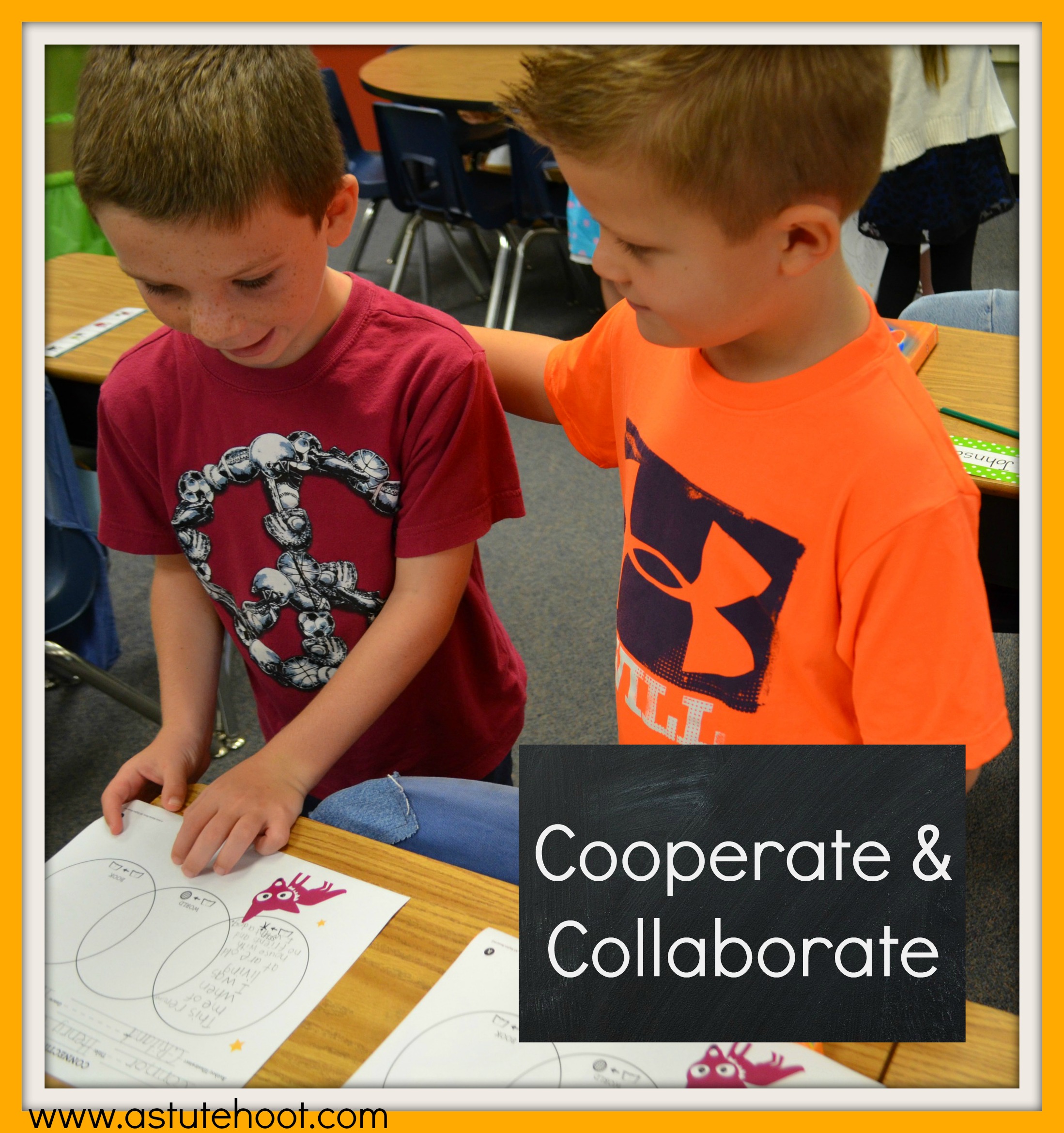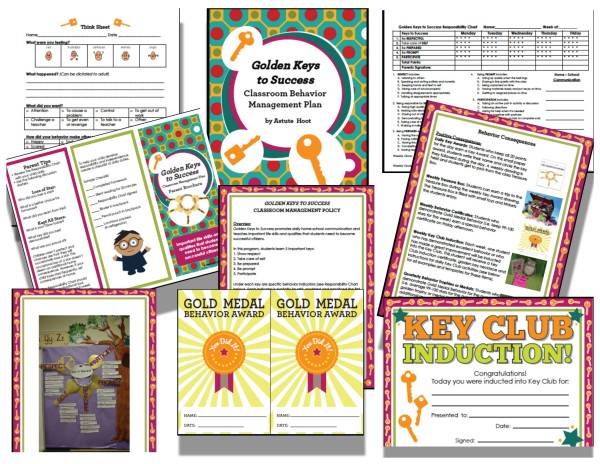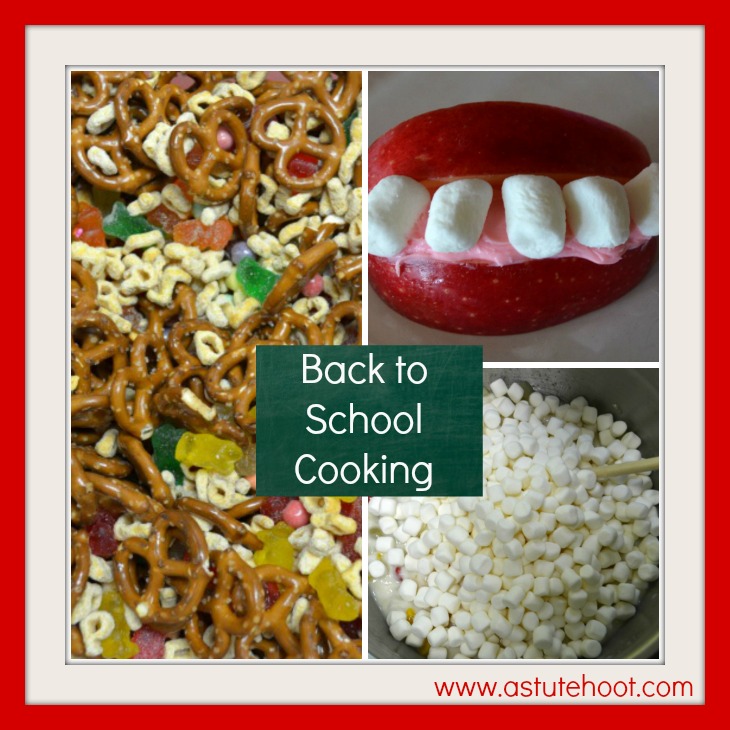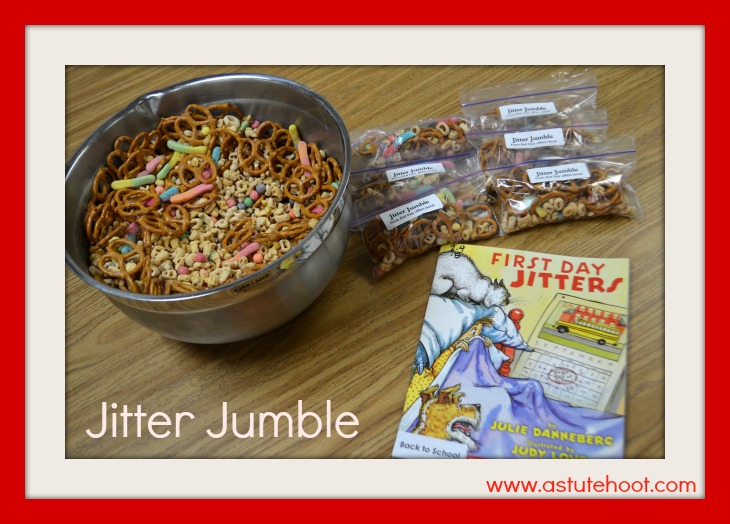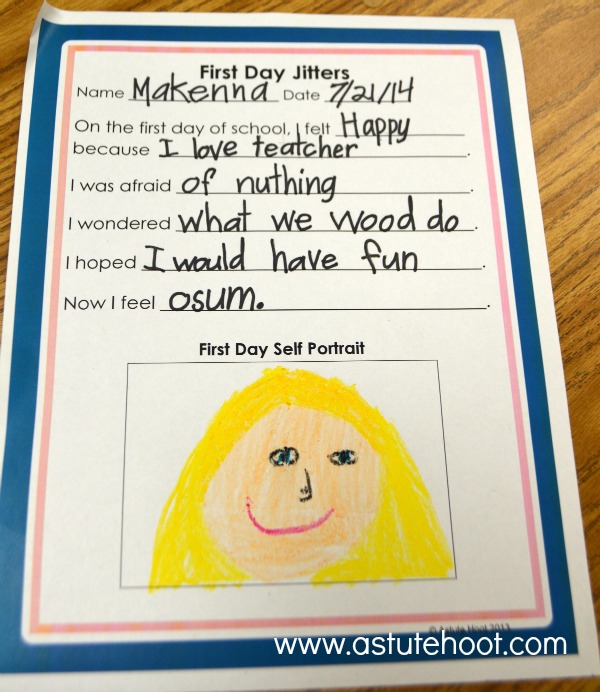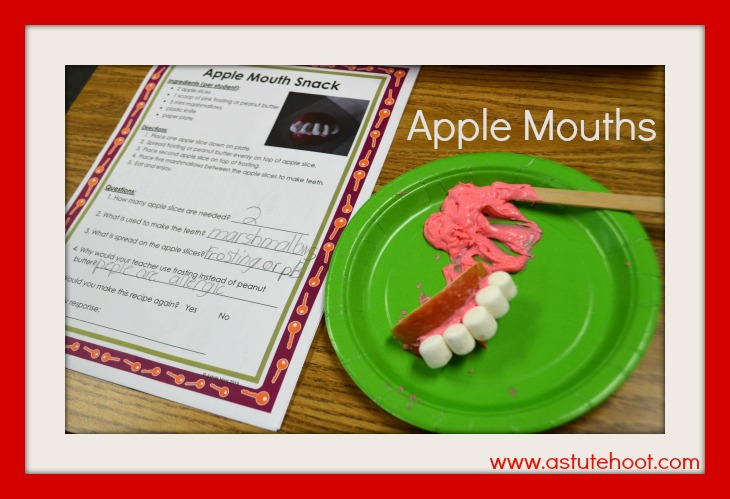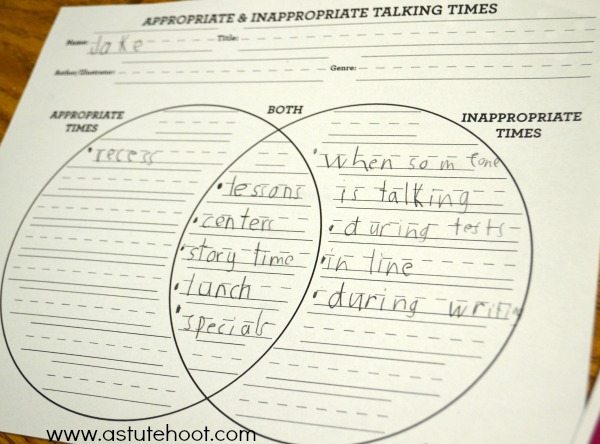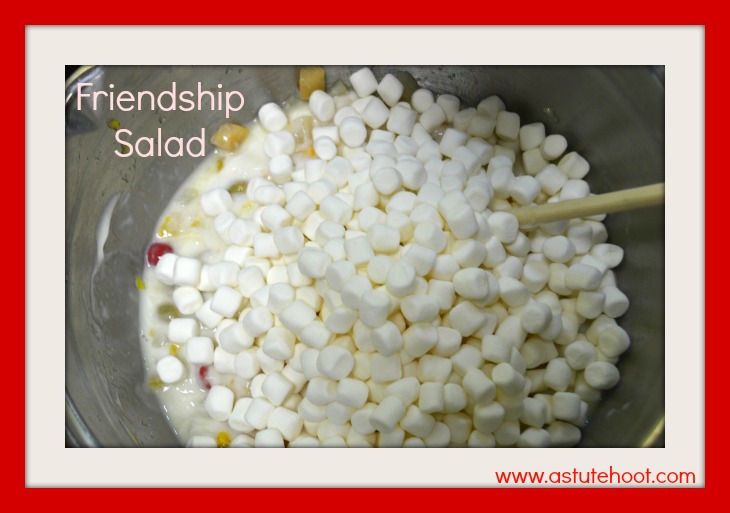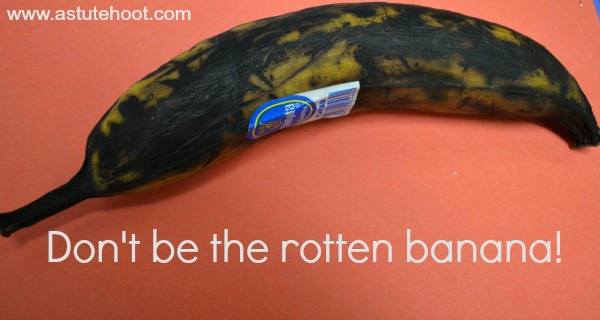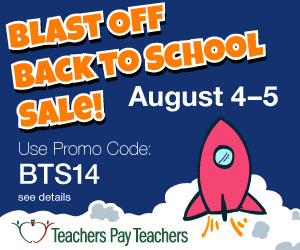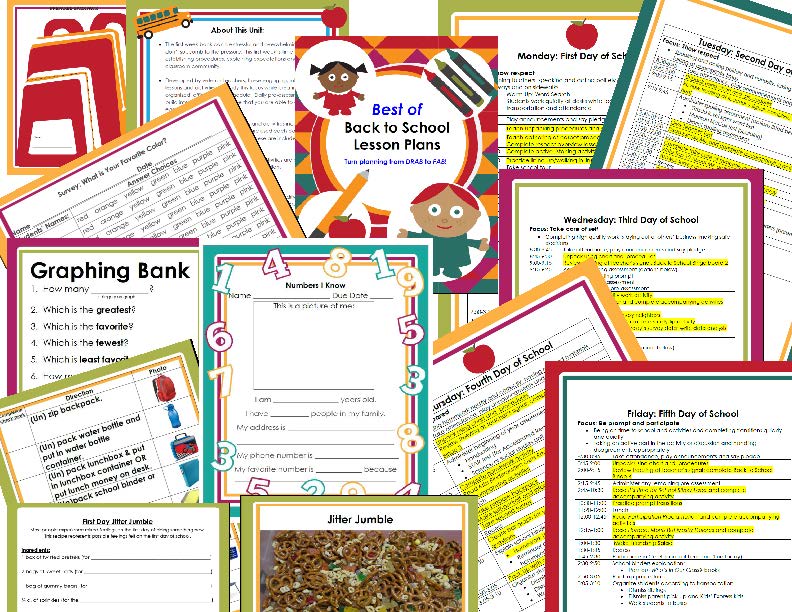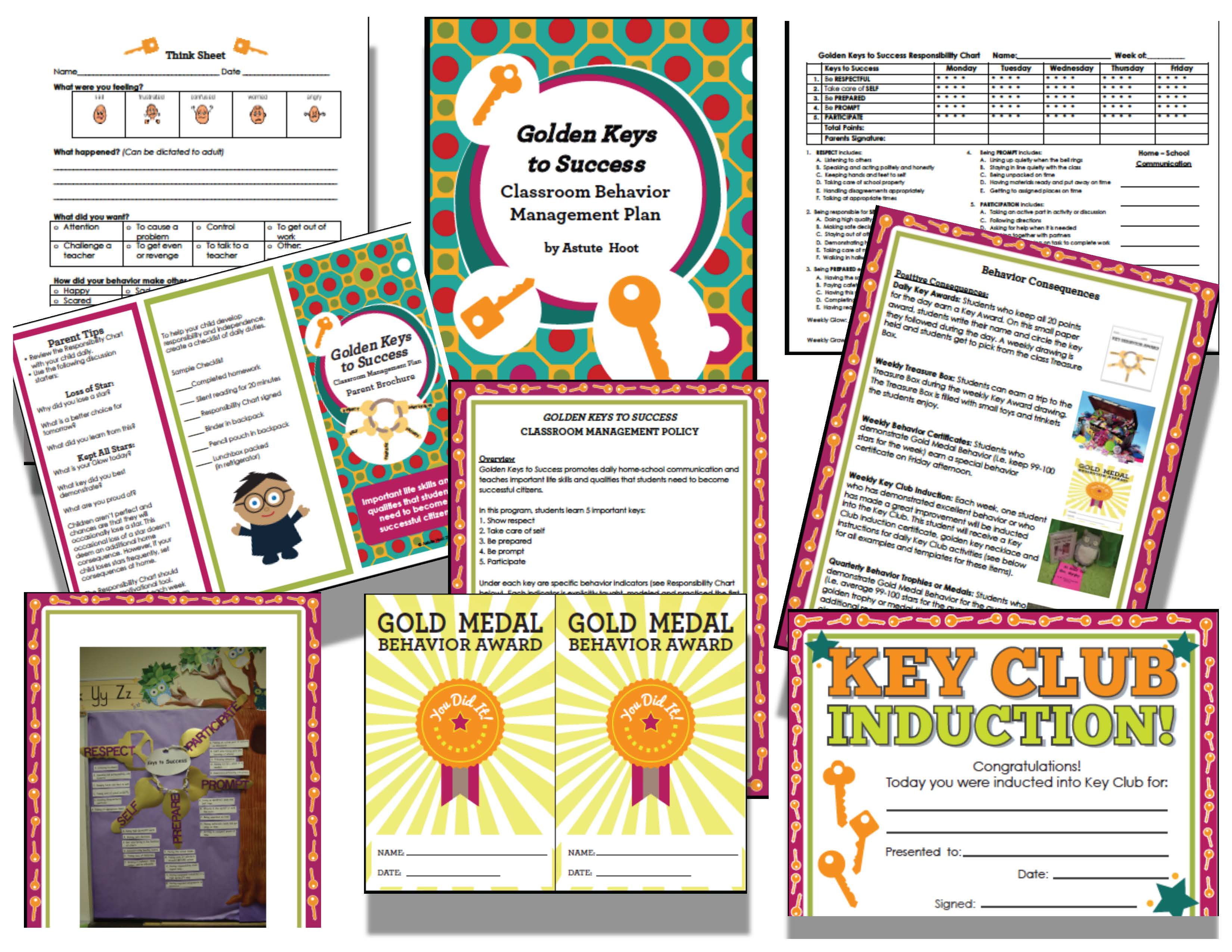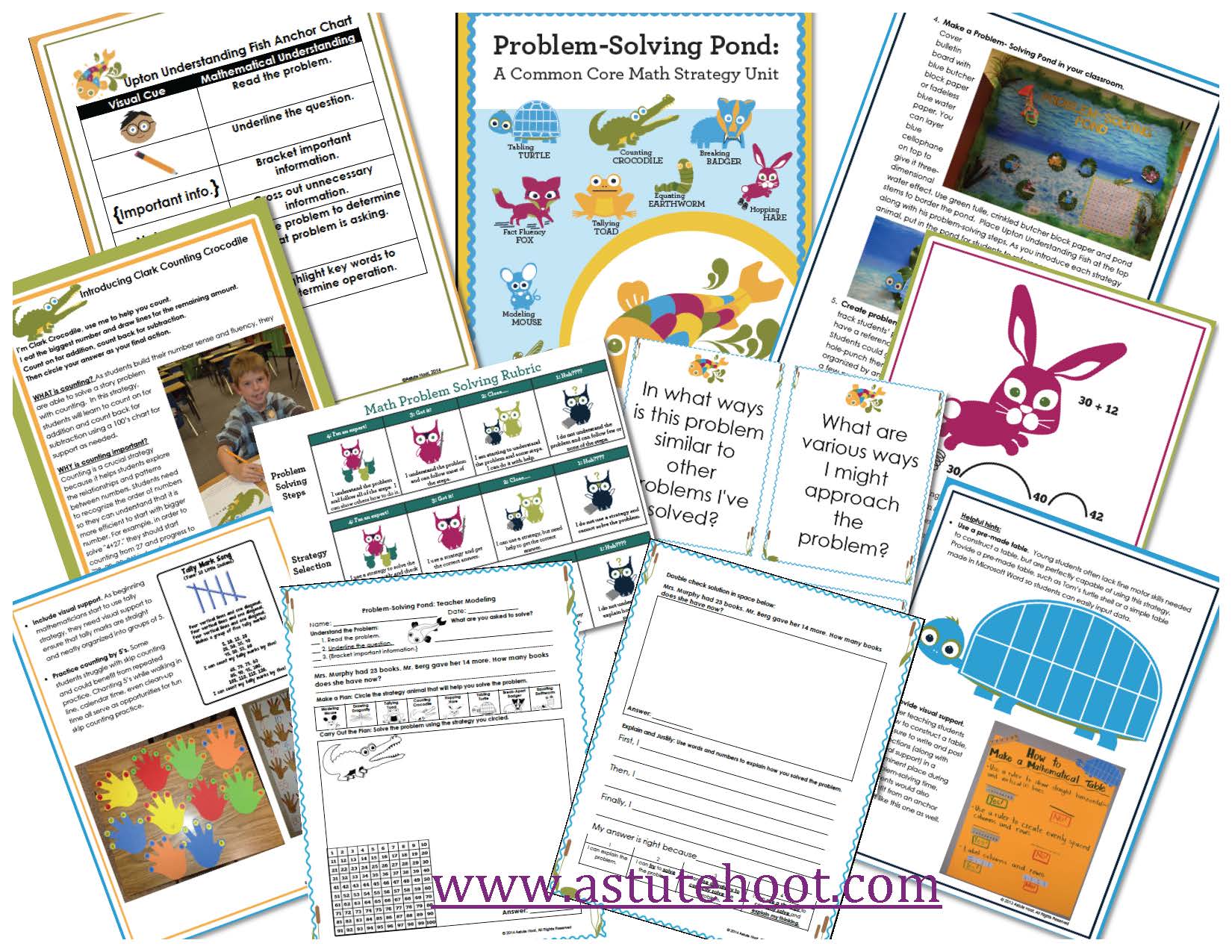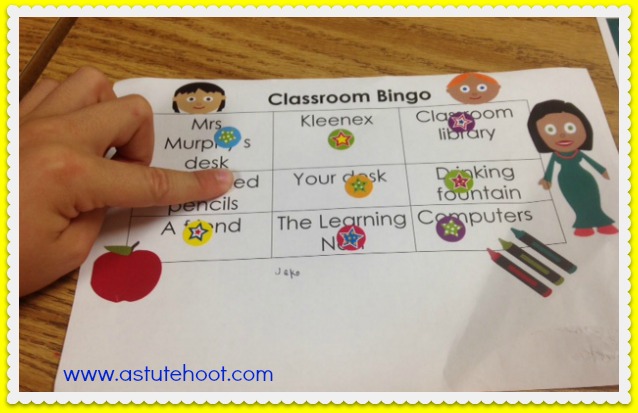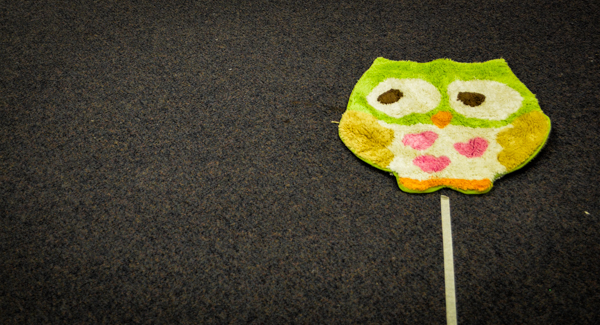Just the mention of Meet the Teacher or Curriculum Night makes most teachers break out into a cold sweat. Why is this? We speak in front of people all day, every day, but the difference is their age. Children will still love us if we make a mistake, get nervous or act silly (they especially love when this happens). Adults by nature are more judgmental and harder to win over. Stop the dread and take back control with these easy tips:
1. Prepare, prepare, prepare: Plan your handouts and student activities at least 2 days before the big event. Don’t wait until last minute–that’s when the copier breaks or the computer runs out of ink. Not sure what to say at Meet the Teacher and Curriculum Night? Download our Welcome Back to School Parent Packet for several important customizable letters and forms.
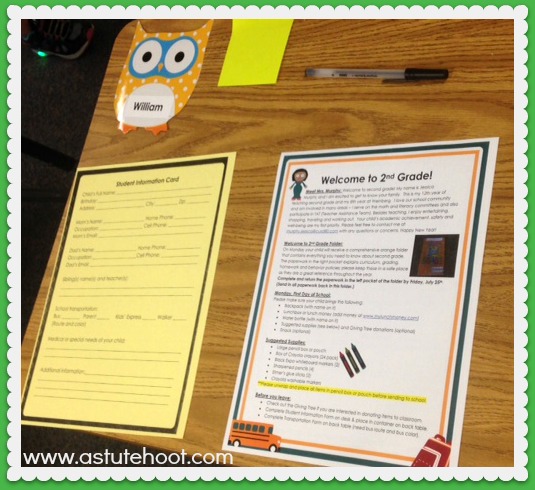
2. Post directions & agenda for the night: Write specific directions for parents to read as they come into the classroom. Make sure they know they must fill out transportation form, room parent slip and student information card. Plus it gives them something to do (other than staring at you) while waiting for the presentation to start. Many parents must attend more than one Meet the Teacher on the same night. Help these parents by posting an agenda (with times) for the night so they can determine the best time to quietly exit and go to next session.

3. Serve refreshments: It is polite to serve refreshments for guests in your home and the same etiquette applies in the classroom. I purchase inexpensive cookies (from Target or Walmart) and place on serving trays. Add decorative napkins and flowers as a finishing touch.
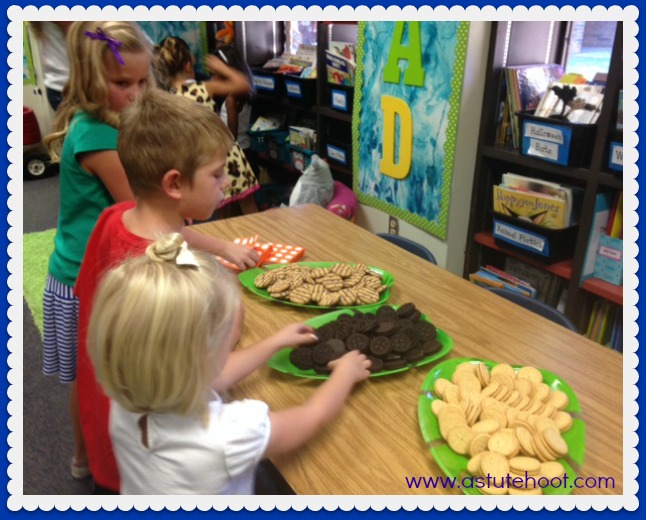
4. Provide engaging activities for students: At the beginning of the night, I need to address just the parents and don’t want students talking or running around the room. While parents are completing necessary paperwork, I gather students (and their siblings) and bring them to the carpet area where I give them a word search, pencil and white board. I explain directions and set expectations for their behavior. I also pass out lollipops to eat–this keeps their mouths busy while I am addressing parents. Be sure to put a garbage can there as well or you will have wrappers and sticks all over the room.
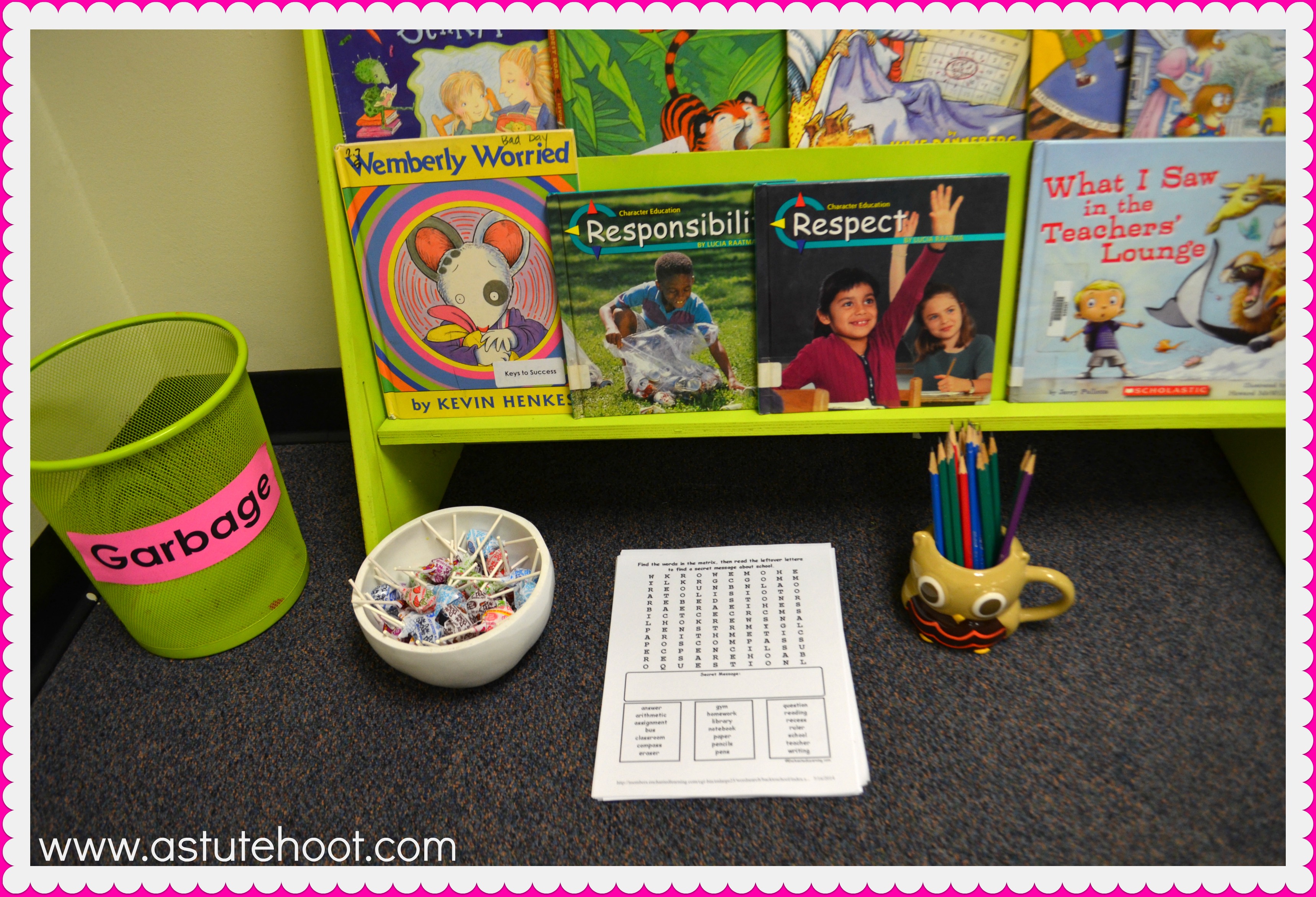
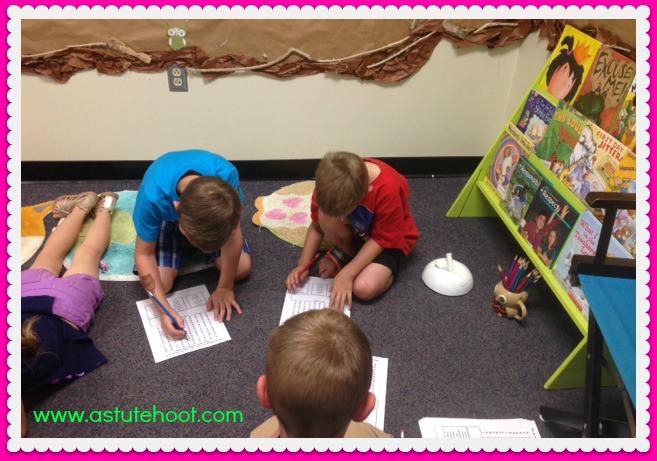
After I speak to parents, I give the kids a scavenger hunt with 9 boxes of items to find in class. I glue small, round stickers to each scavenger sheet; students place a sticker on the box after the item is found. When students are finished, they get to help themselves to refreshments (I set a limit on number of cookies or you will have a couple that will try to take the whole tray–trust me, I’ve learned from experience)
5. Create suggested supplies visual: Each year students come in with random bags of supplies and rarely want to share them with the rest of the classroom. To alleviate this problem this year, I listed specific supplies I wanted to students to bring and then created a visual of what the supplies should look like. I simply purchased a medium-sized pencil case and glued the requested supplies inside and showed it during the presentation, reminding parents to unwrap items and place inside case as shown. This year all the students brought their prepared pencil cases just as I had shown and it was a HUGE time-saver! They simply put inside their desks and we were able to move on to other procedures.
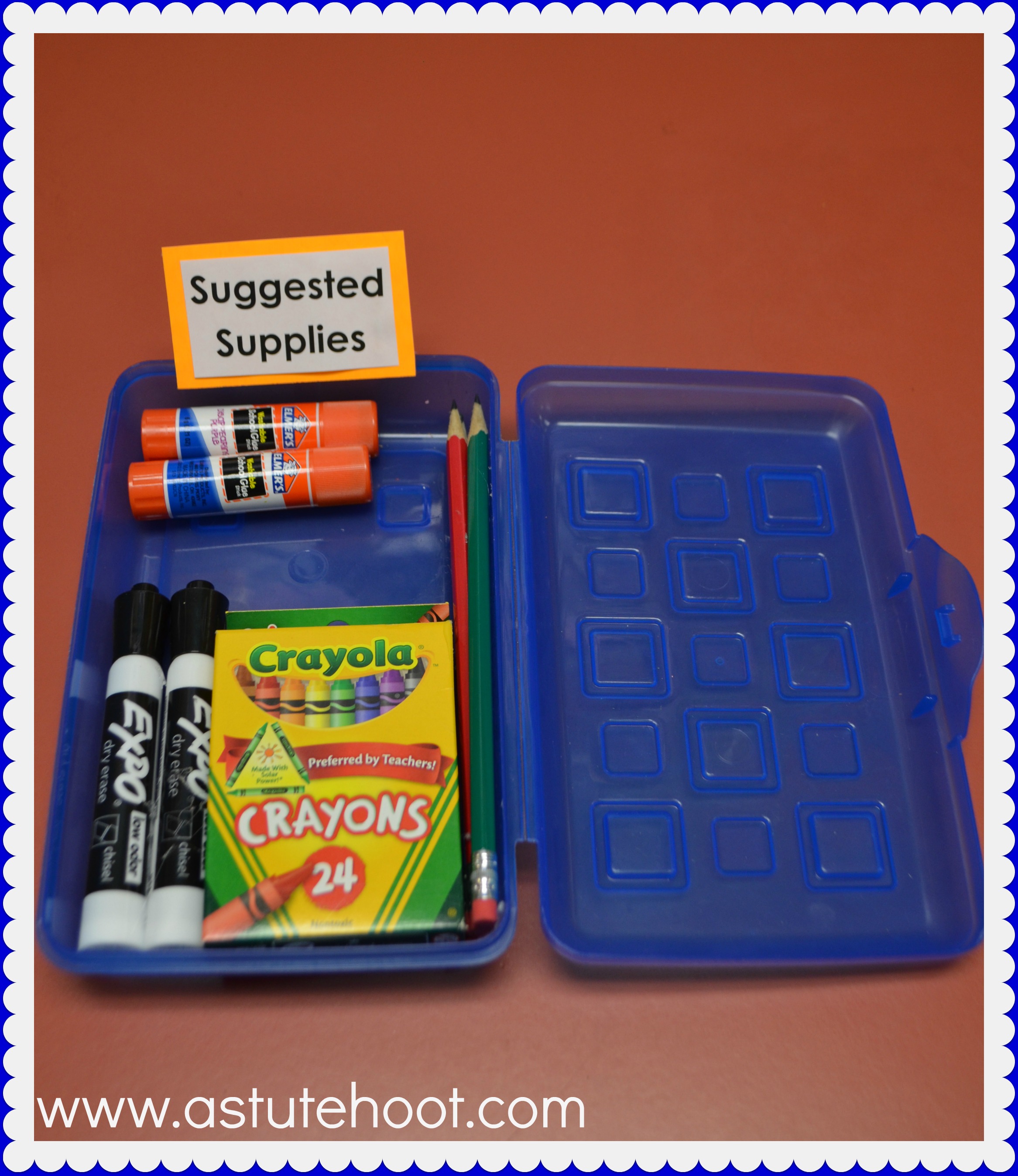
6. Make a Giving Tree: Parents love to donate supplies at the beginning of the year, so write down each item on an apple and post on a Giving Tree. Remind parents to pick an apple or two before they leave for the night. They return the apple with donations during the first week of school.
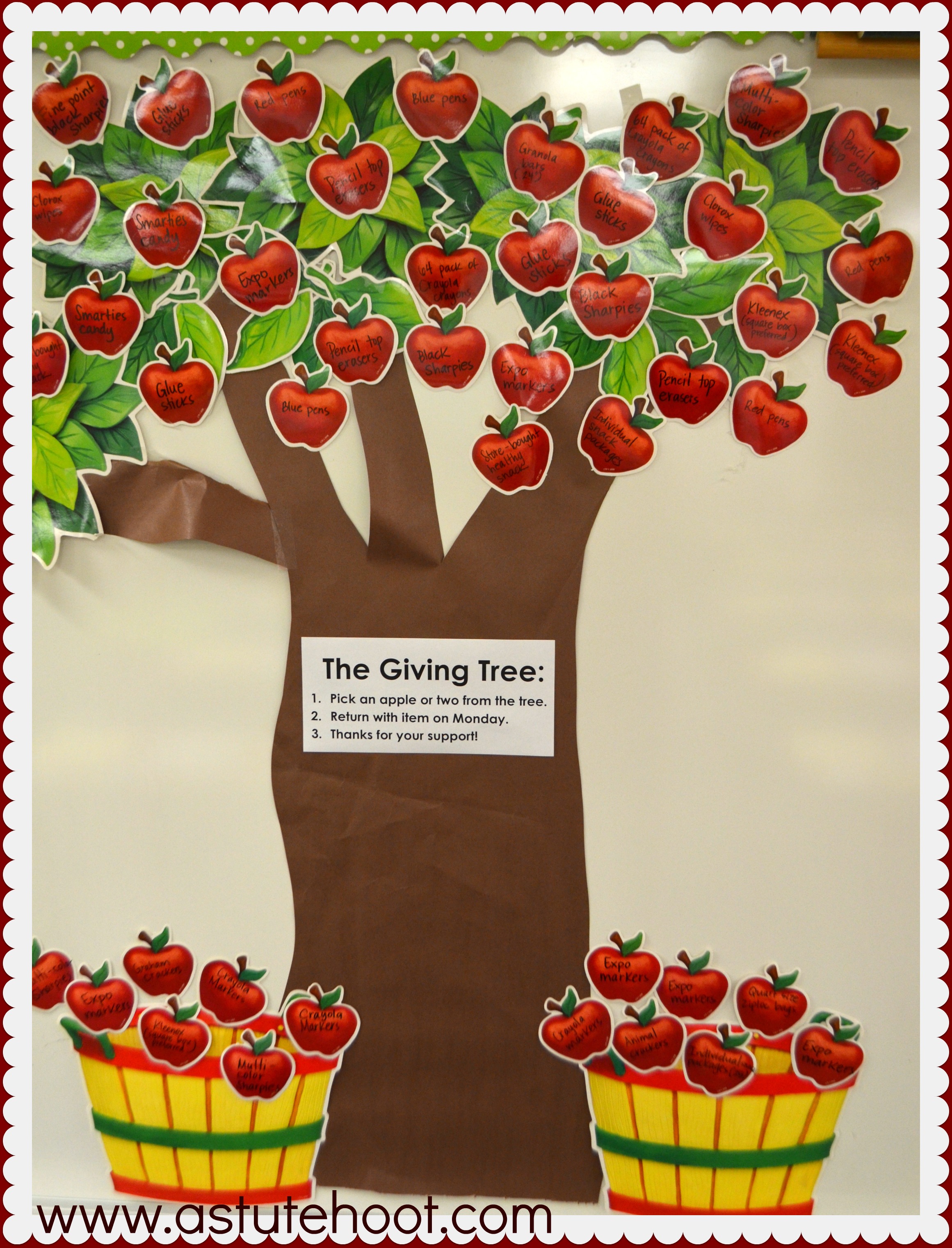
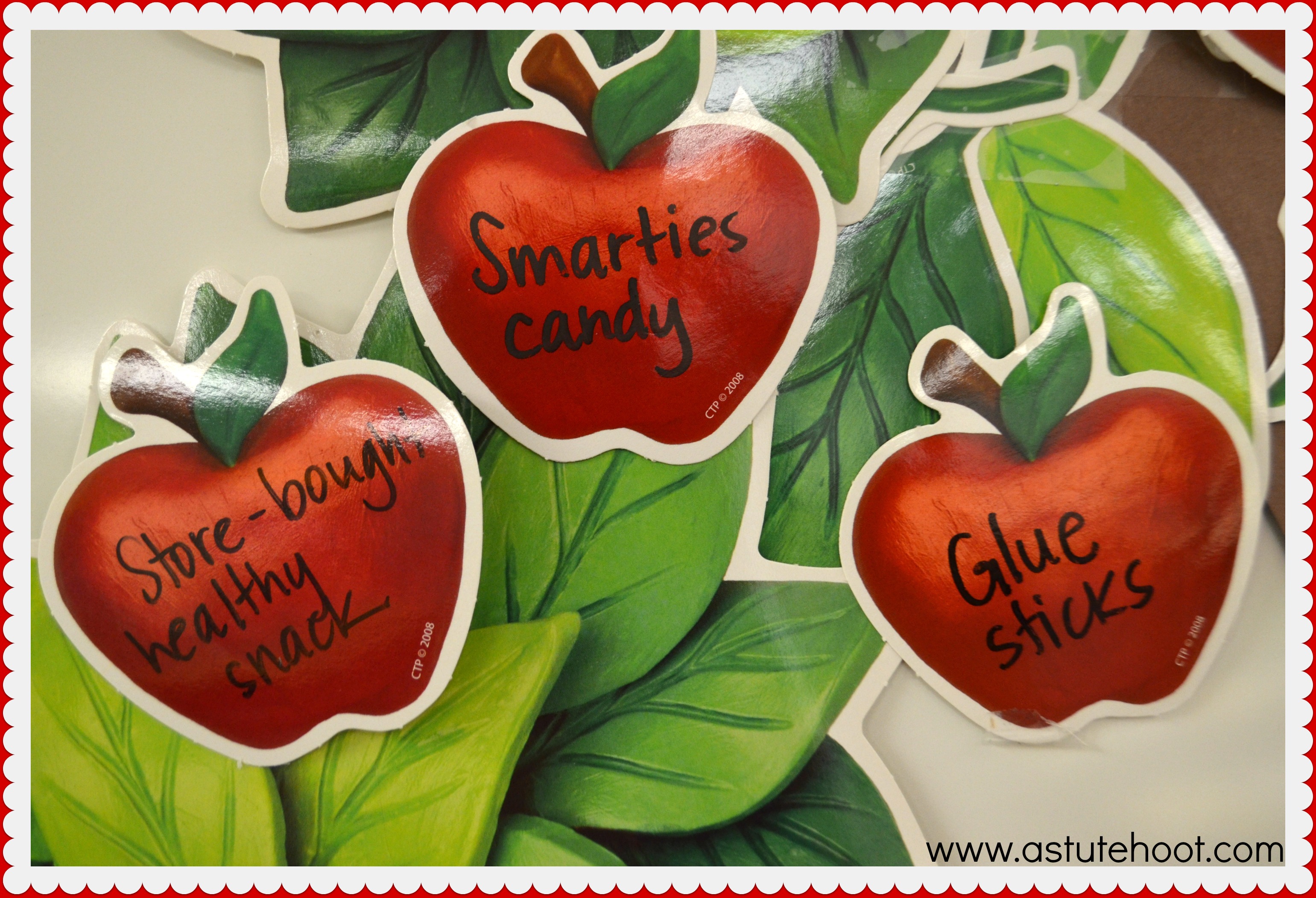
Most importantly, remember to smile, breathe and believe in yourself! You’ve got this!
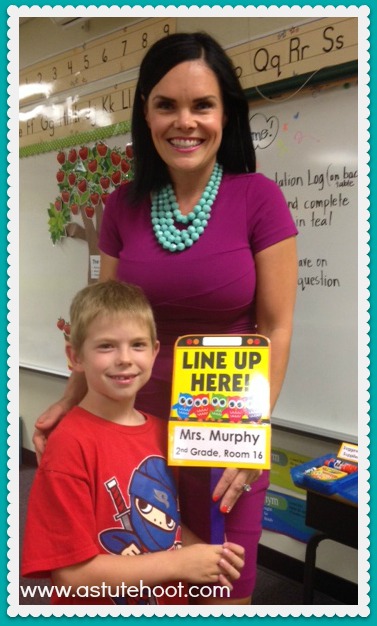

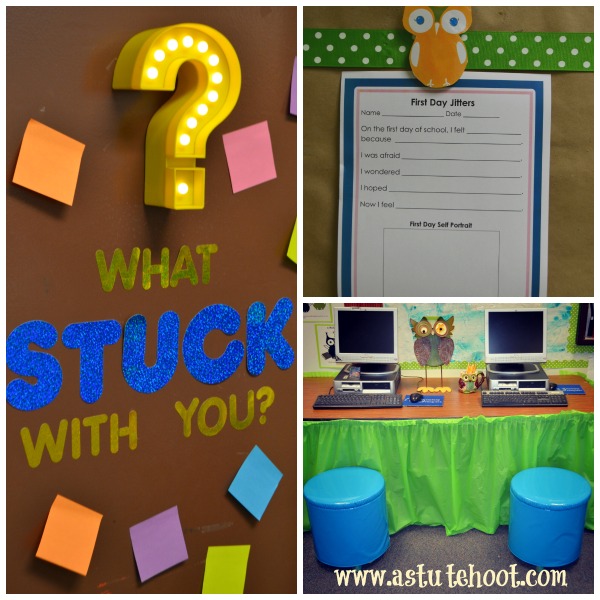
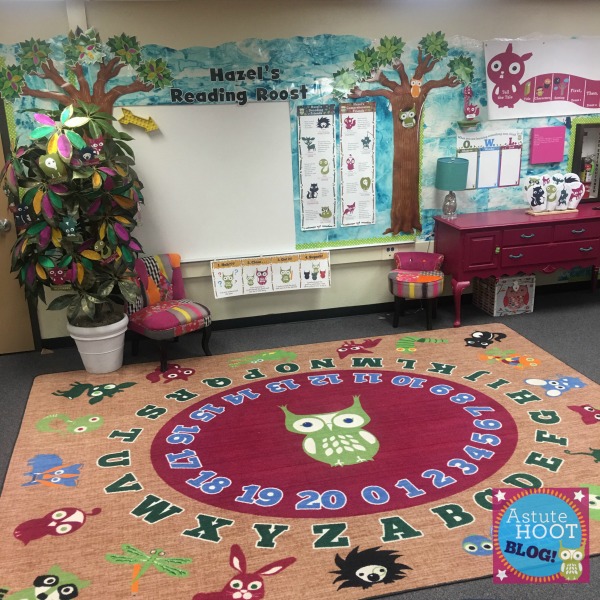
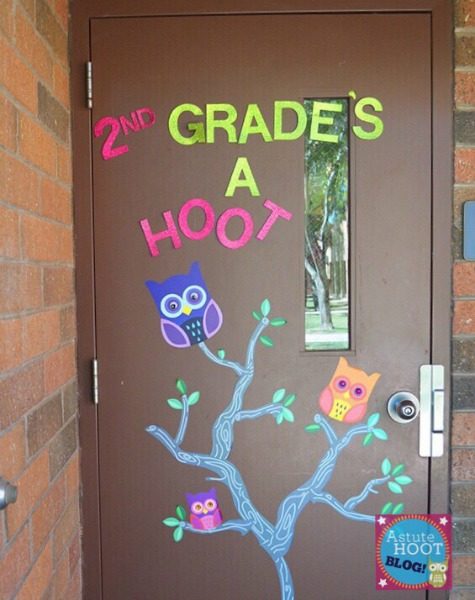
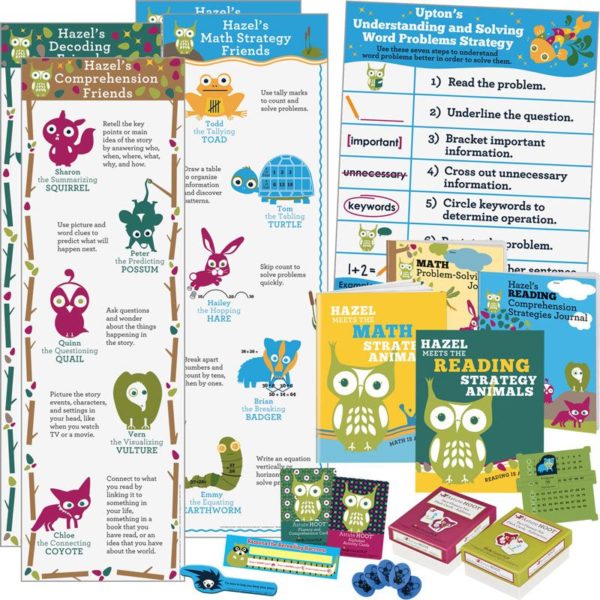
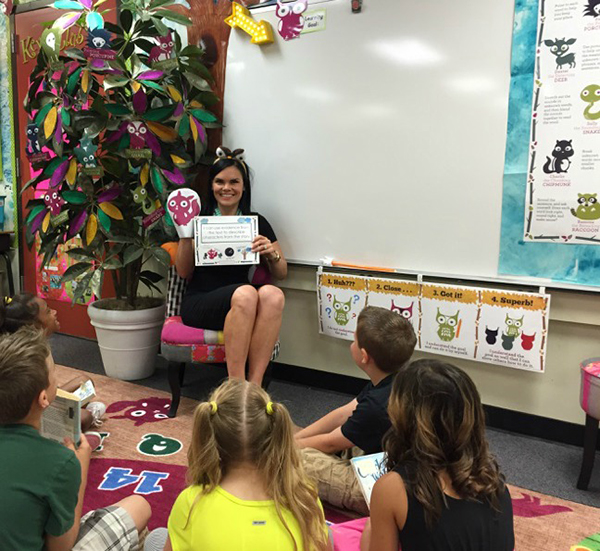
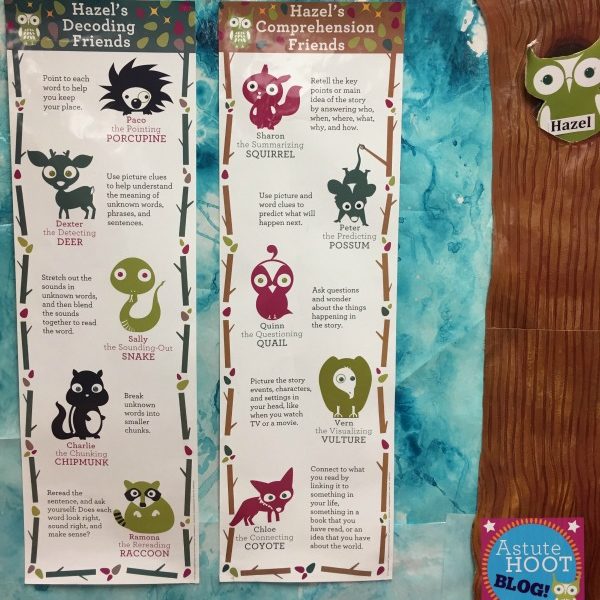
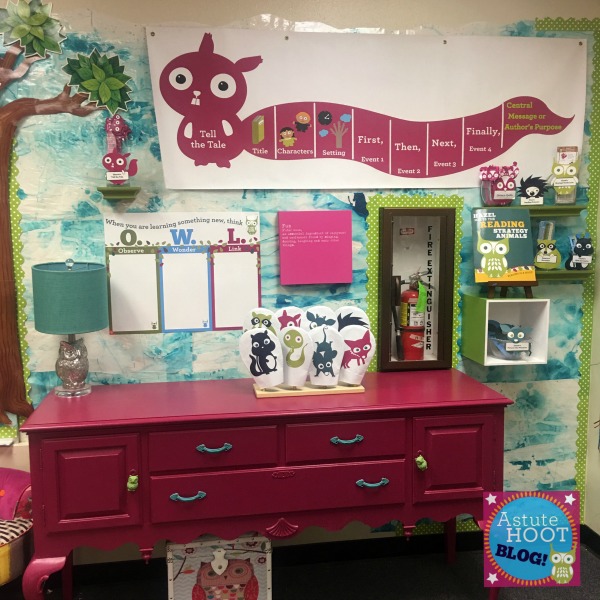
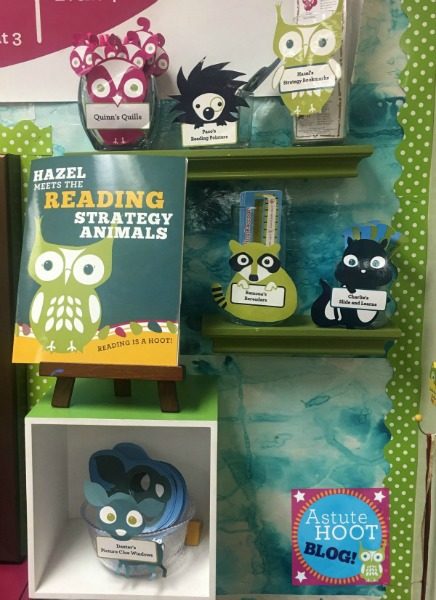
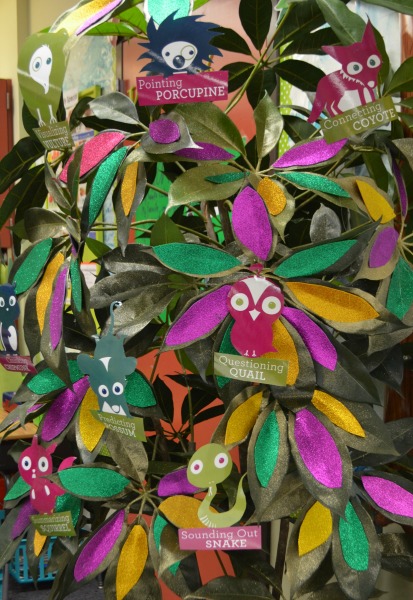 During guided reading group time, students sit in a circle on our Astute Hoot’s Numbers and Letters Rug. I post a specific learning goal for each group and reference it throughout the lesson using our
During guided reading group time, students sit in a circle on our Astute Hoot’s Numbers and Letters Rug. I post a specific learning goal for each group and reference it throughout the lesson using our 
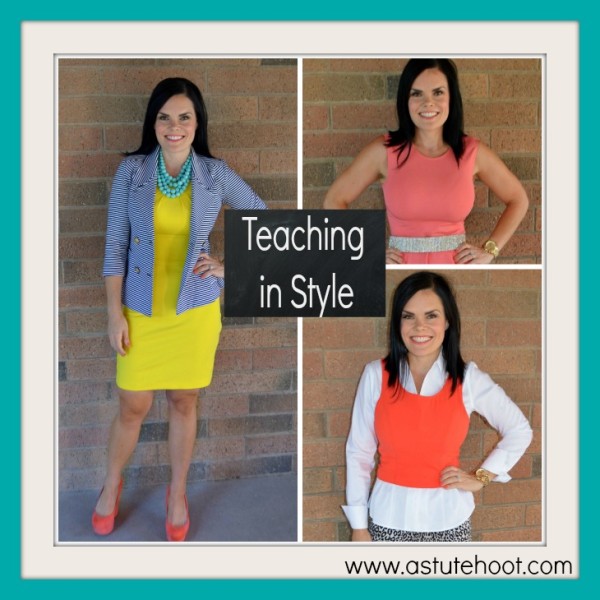
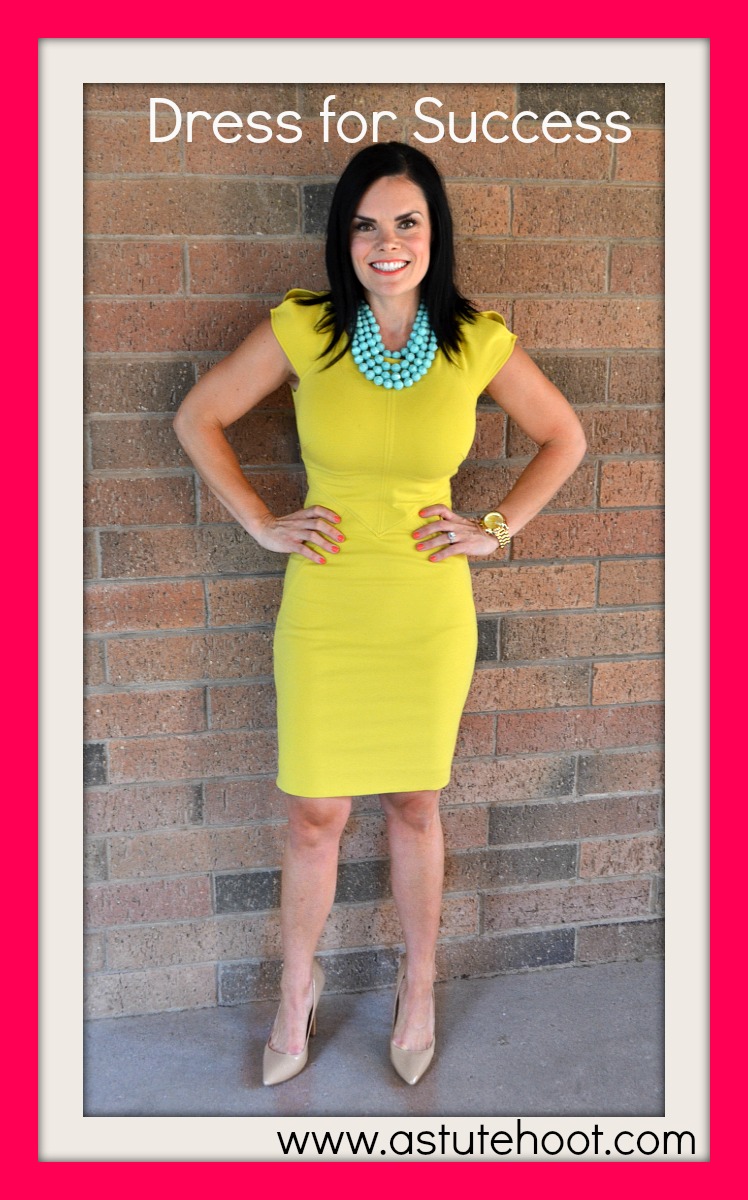
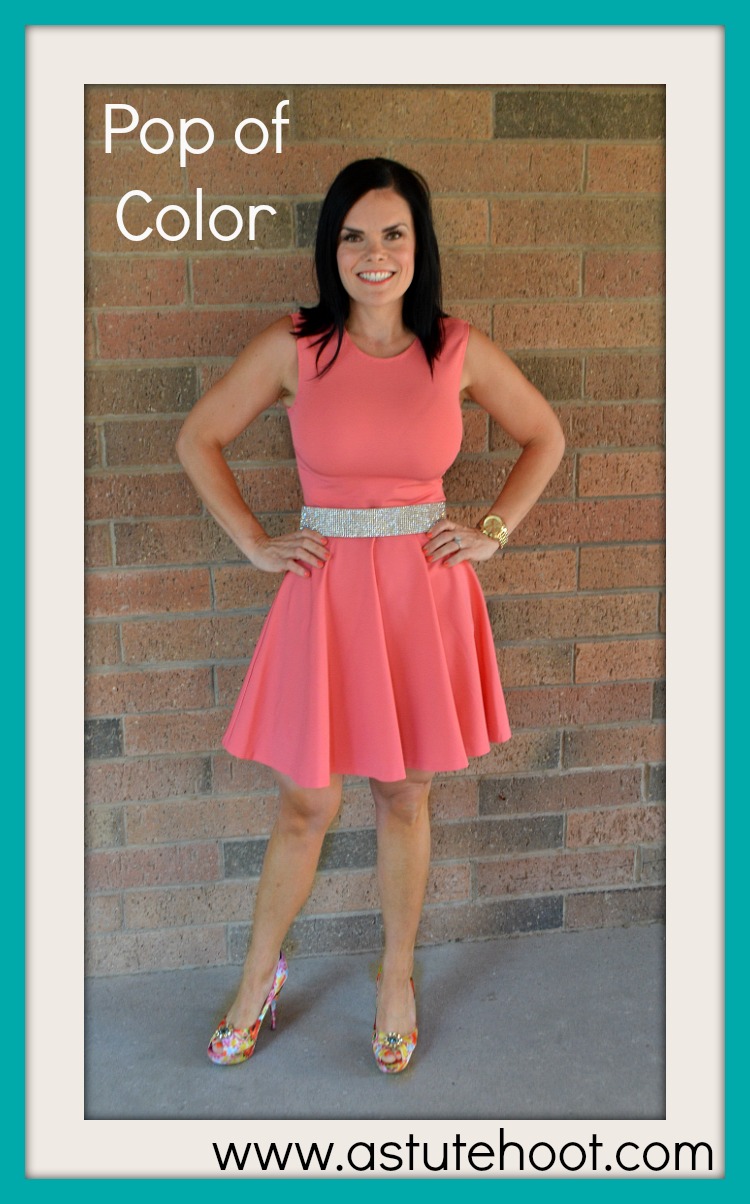

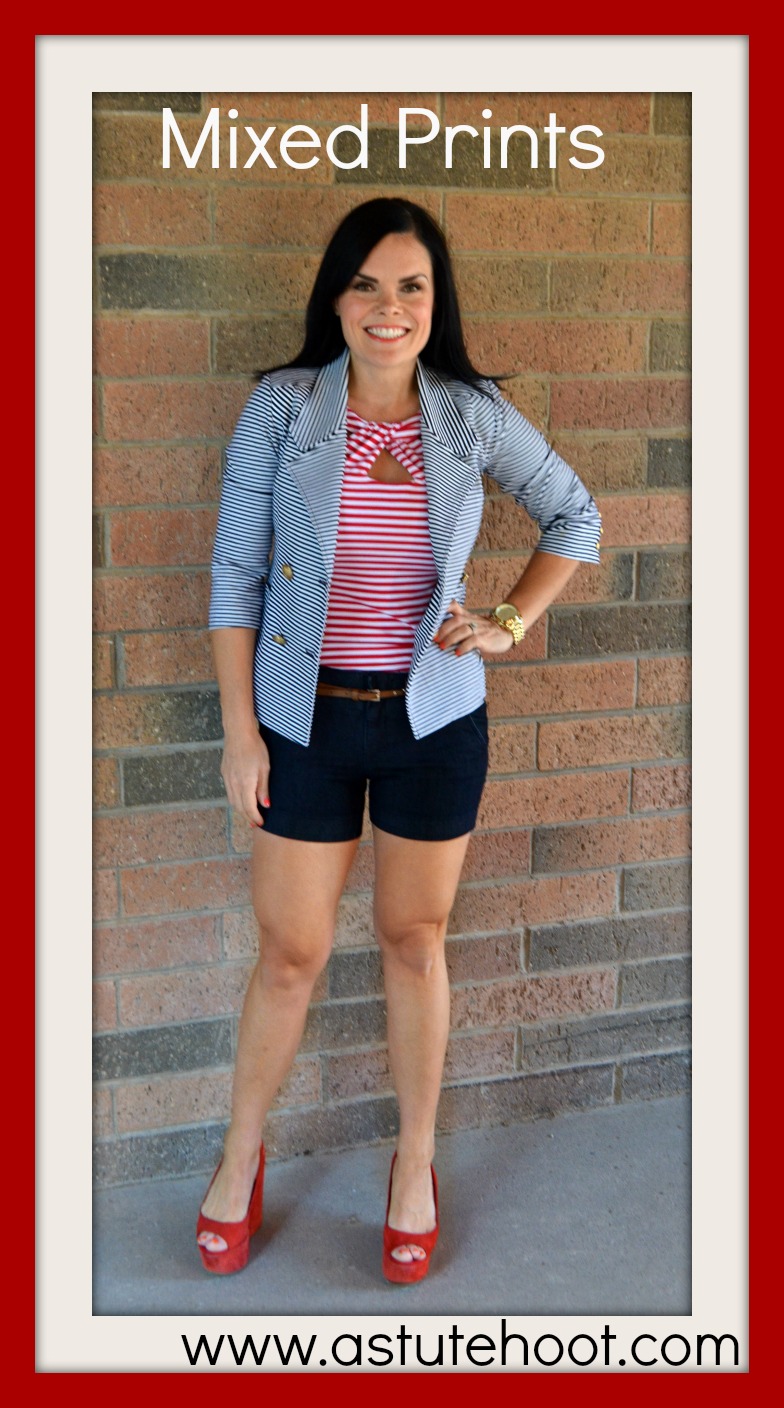

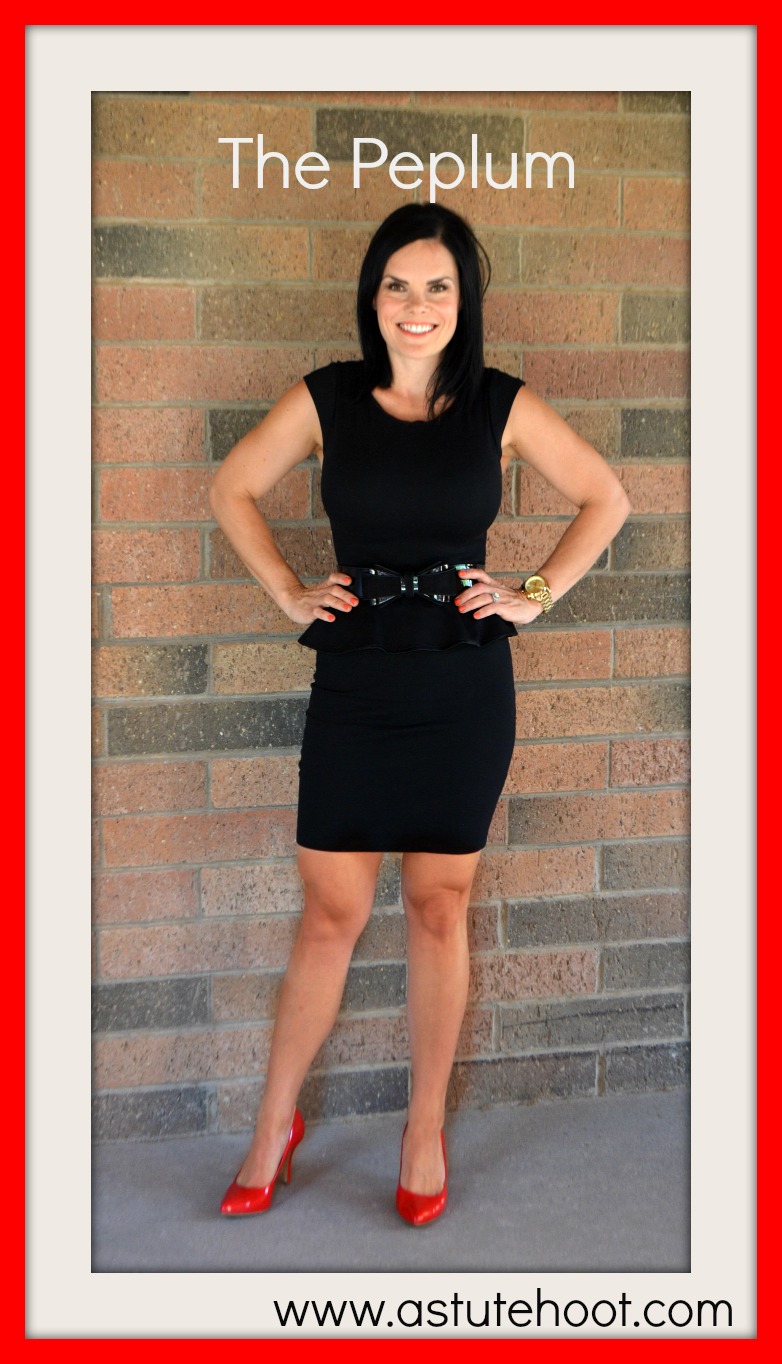

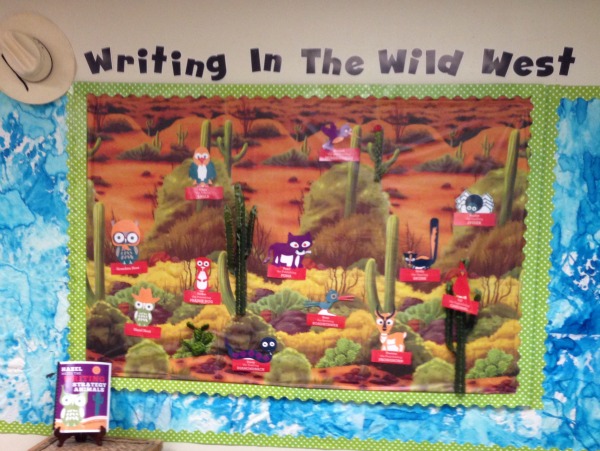
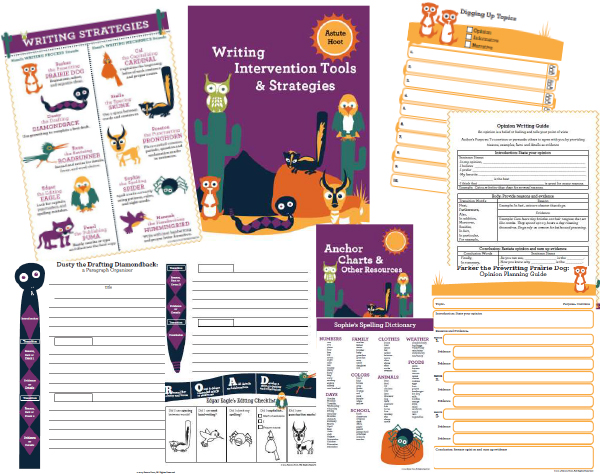
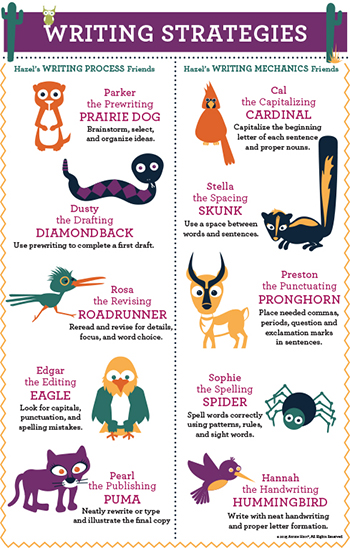
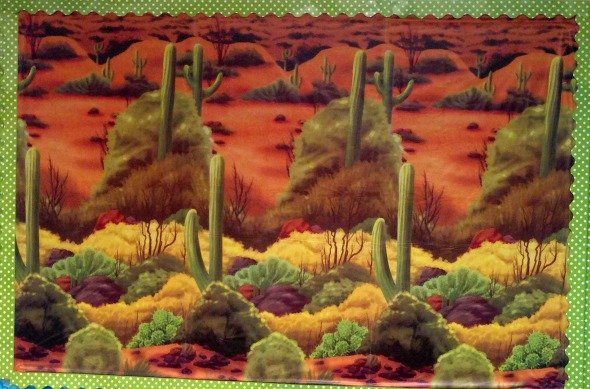
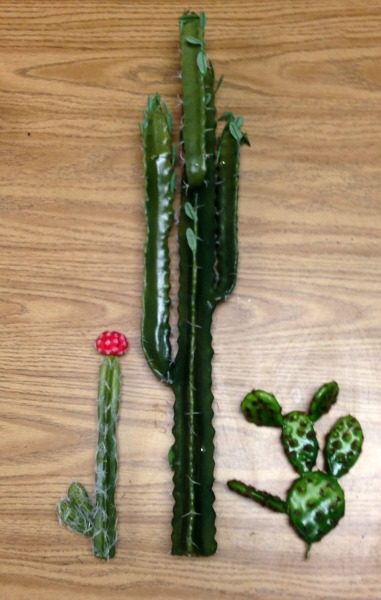
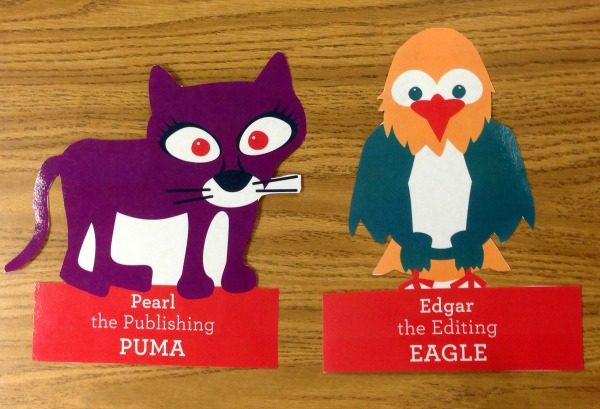
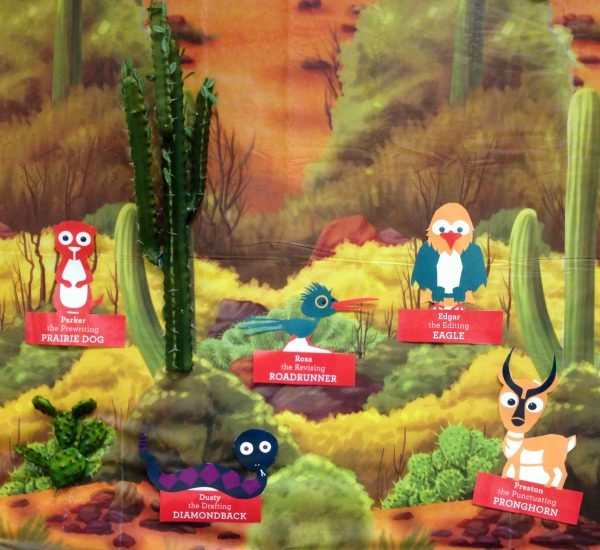
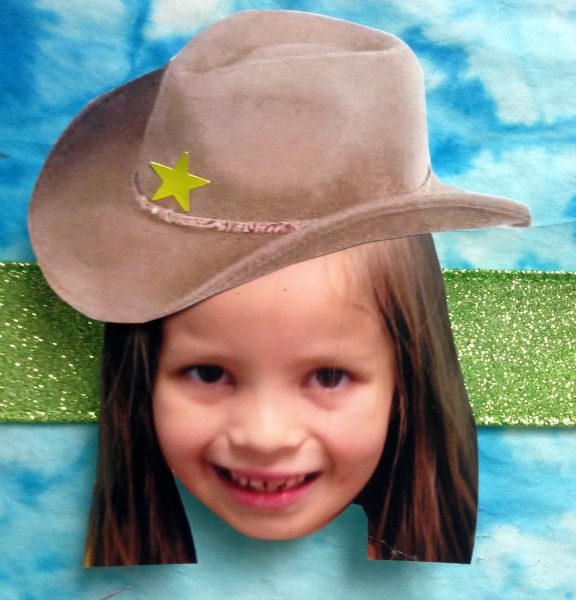
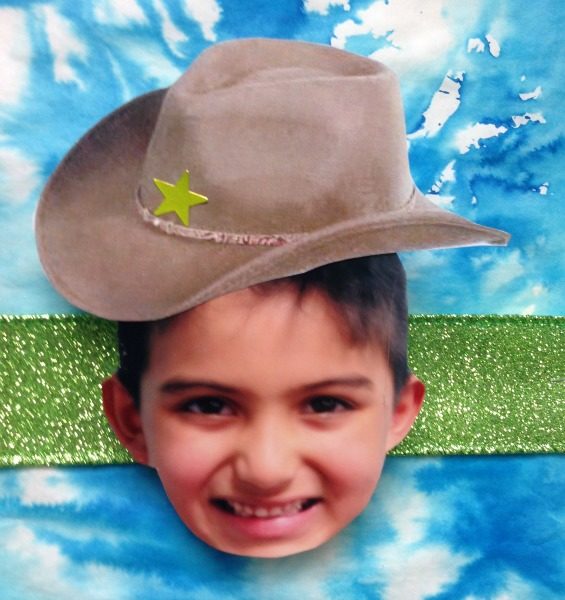 As the other blogs in this series mentioned, I love to display our hands-on tools in cute, inexpensive jars with printable animal labels. Students have easy access to Stella’s Spacers, Cal’s Capitalizers, and Preston’s Punctuation Prongs, all which they enjoy using during writing time.
As the other blogs in this series mentioned, I love to display our hands-on tools in cute, inexpensive jars with printable animal labels. Students have easy access to Stella’s Spacers, Cal’s Capitalizers, and Preston’s Punctuation Prongs, all which they enjoy using during writing time.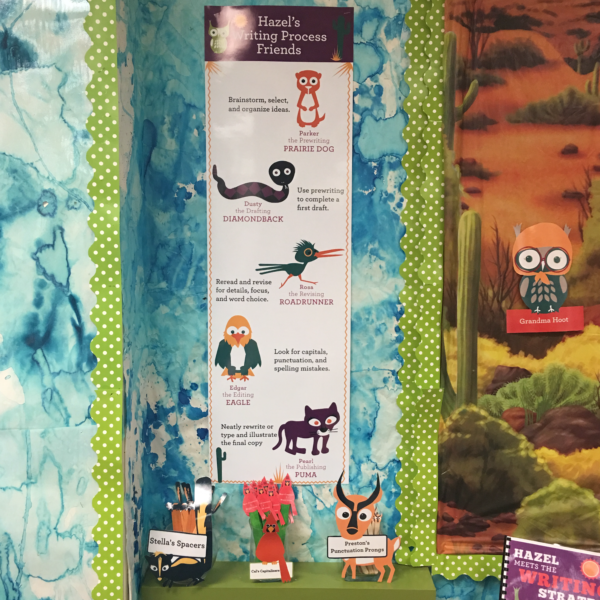
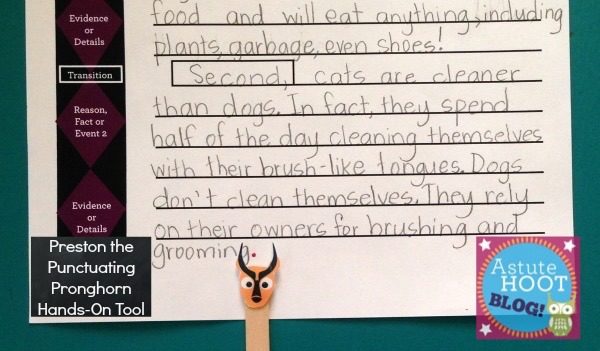
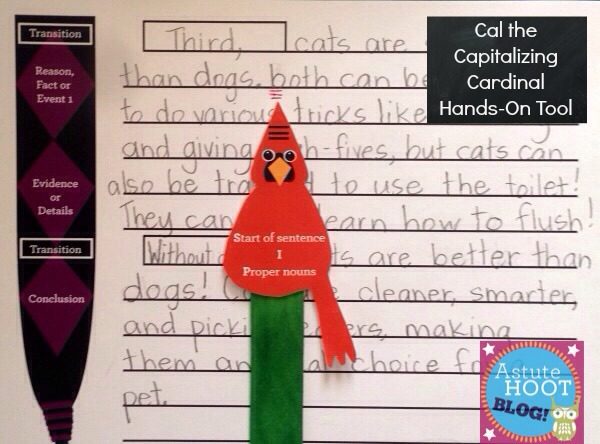 Have a cute classroom décor idea? I’d love to hear it! Be sure to check back on Sunday to read our latest Back to School blog.
Have a cute classroom décor idea? I’d love to hear it! Be sure to check back on Sunday to read our latest Back to School blog.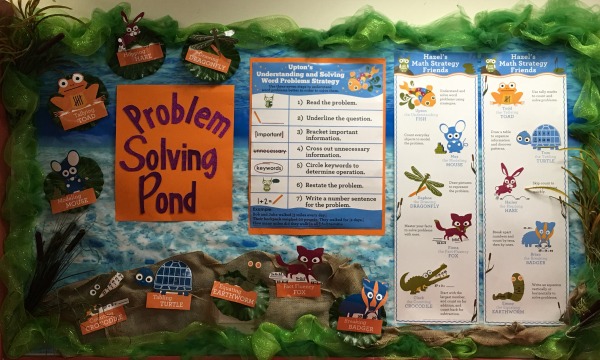
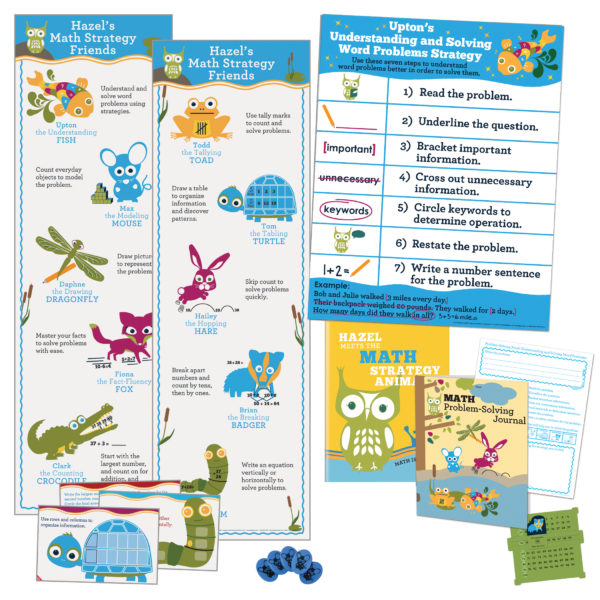
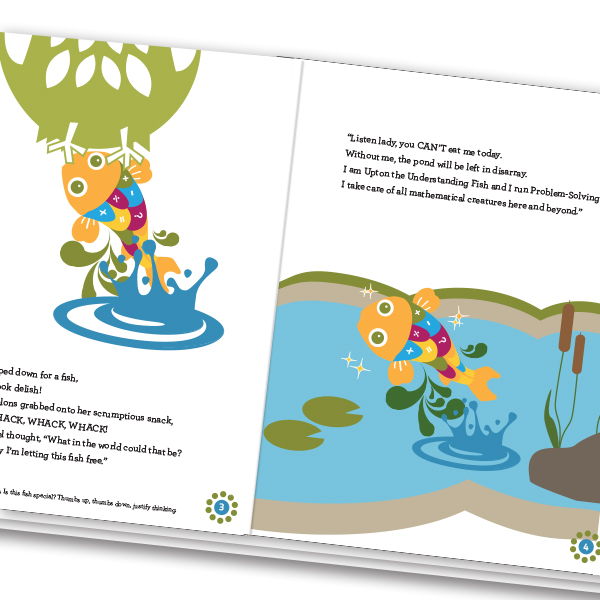
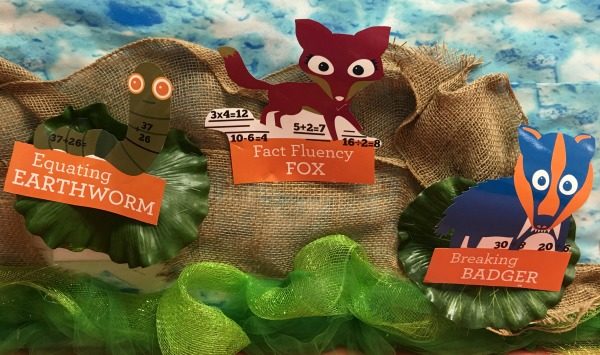
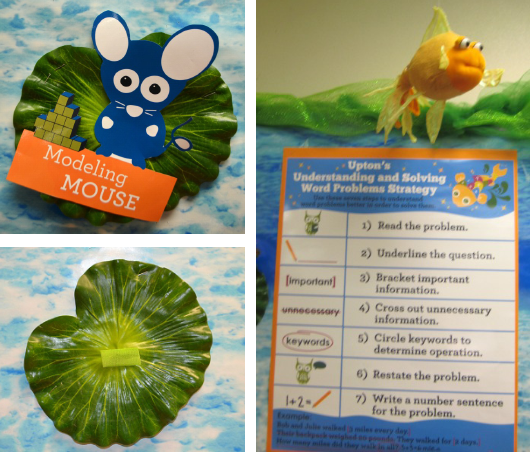 I found this stuffed animal on Ebay that looks just like Upton and hung it with fishing wire and a plastic hook. During guided practice, I toss Upton to students and he helps us complete the problem-solving steps. Students LOVE solving problems with him!
I found this stuffed animal on Ebay that looks just like Upton and hung it with fishing wire and a plastic hook. During guided practice, I toss Upton to students and he helps us complete the problem-solving steps. Students LOVE solving problems with him!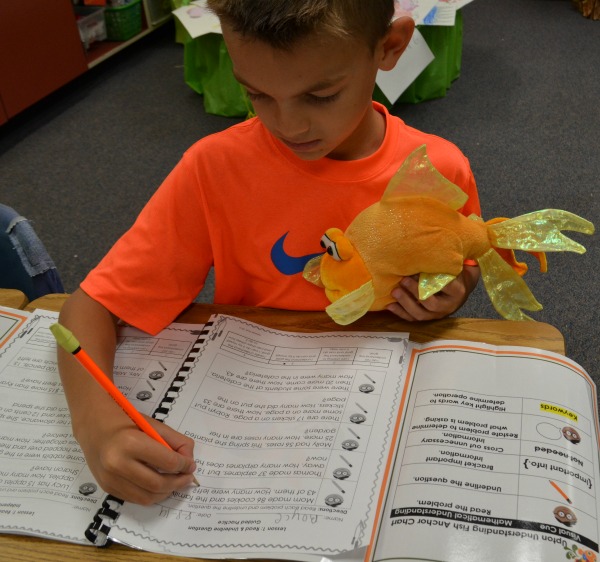 I also found inexpensive jars at Hobby Lobby to hold our hands-on tools such as Max’s Counters, Brian’s Slide and Learns, and Fiona’s Fact-Fluency Pencils and added these adorable labels.
I also found inexpensive jars at Hobby Lobby to hold our hands-on tools such as Max’s Counters, Brian’s Slide and Learns, and Fiona’s Fact-Fluency Pencils and added these adorable labels.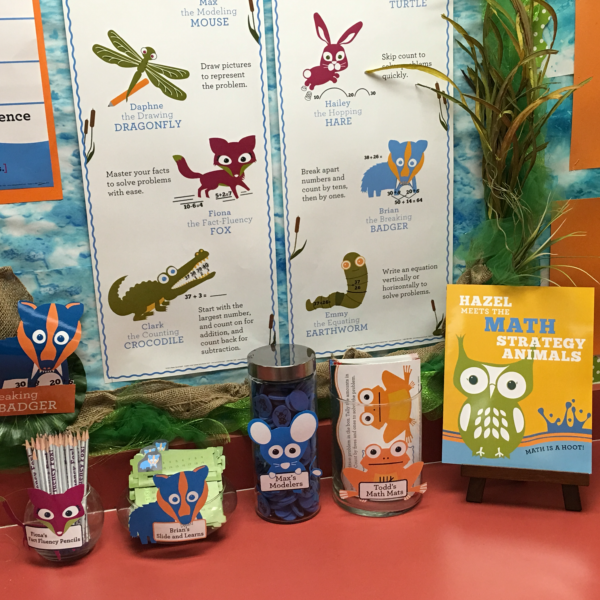 During center time, students solve their Saxon story problems using the strategy animals and our
During center time, students solve their Saxon story problems using the strategy animals and our 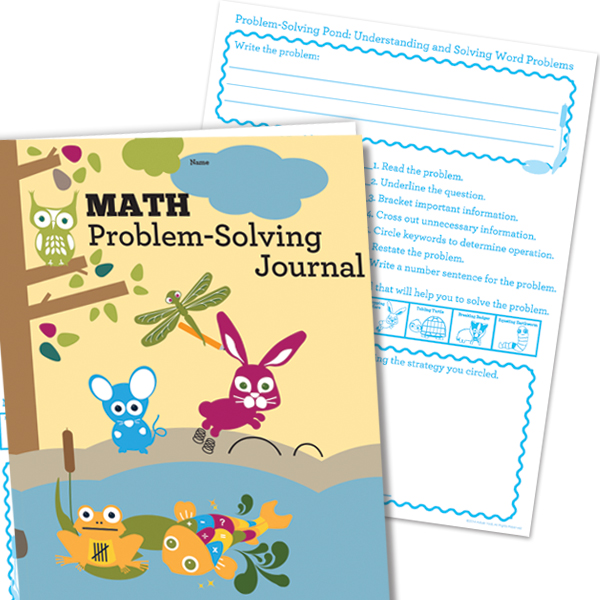
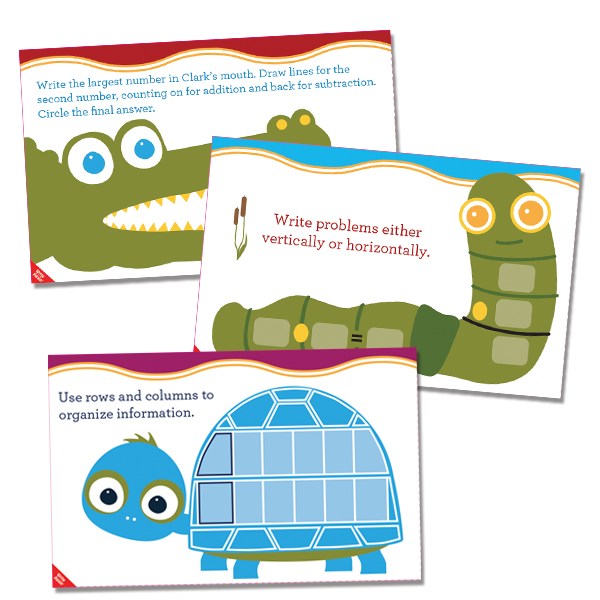
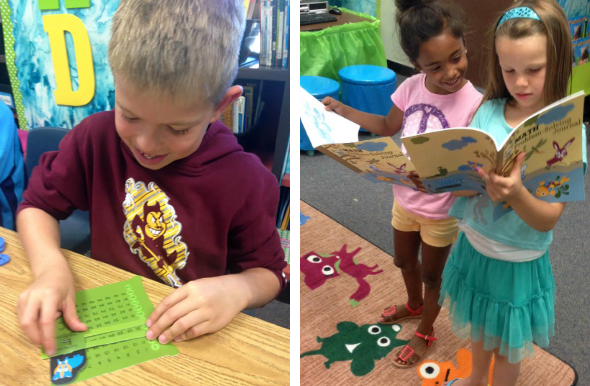 Read tomorrow’s blog to see my Writing in the Wild West classroom space and accompanying hands-on tools.
Read tomorrow’s blog to see my Writing in the Wild West classroom space and accompanying hands-on tools.